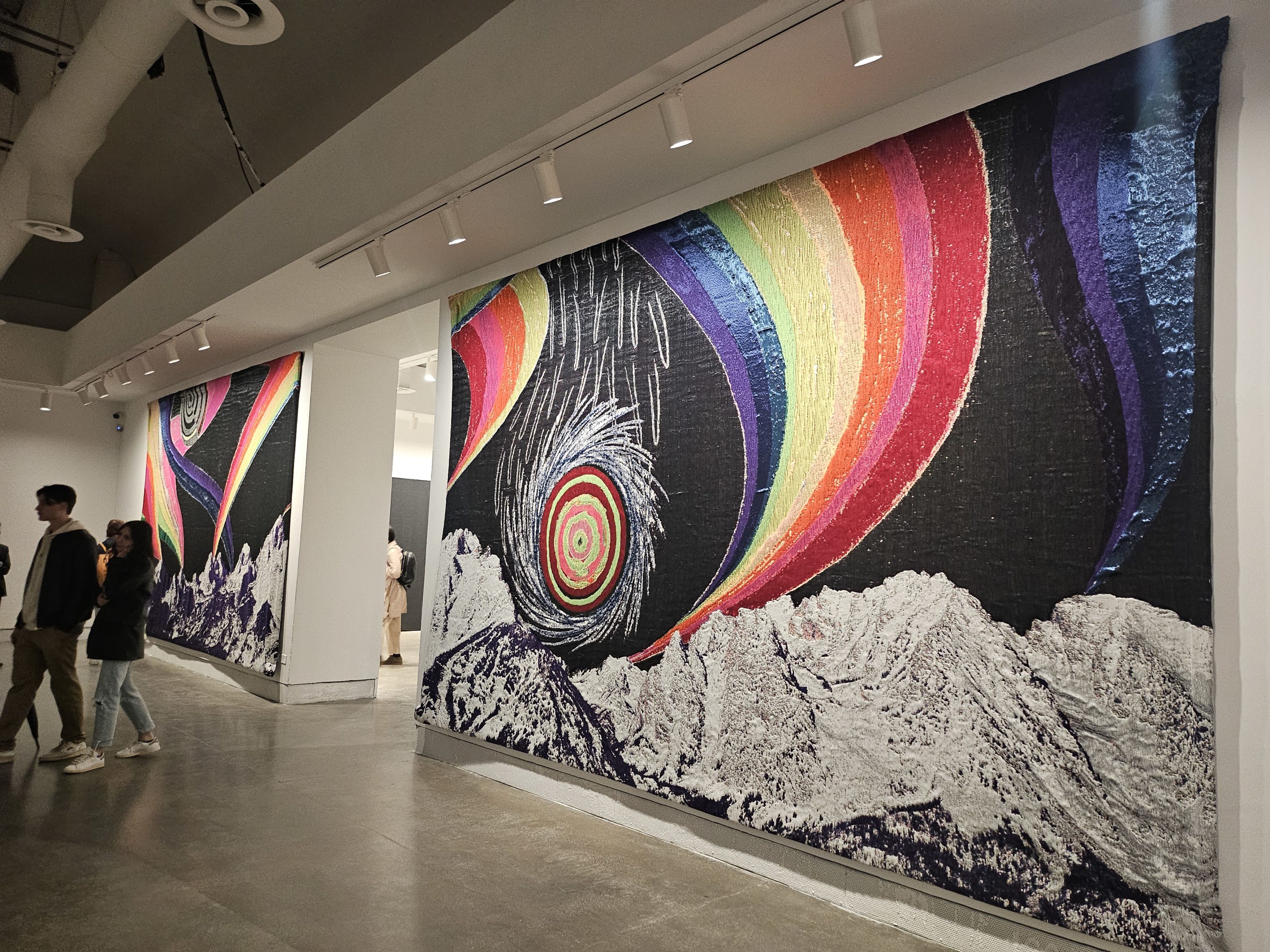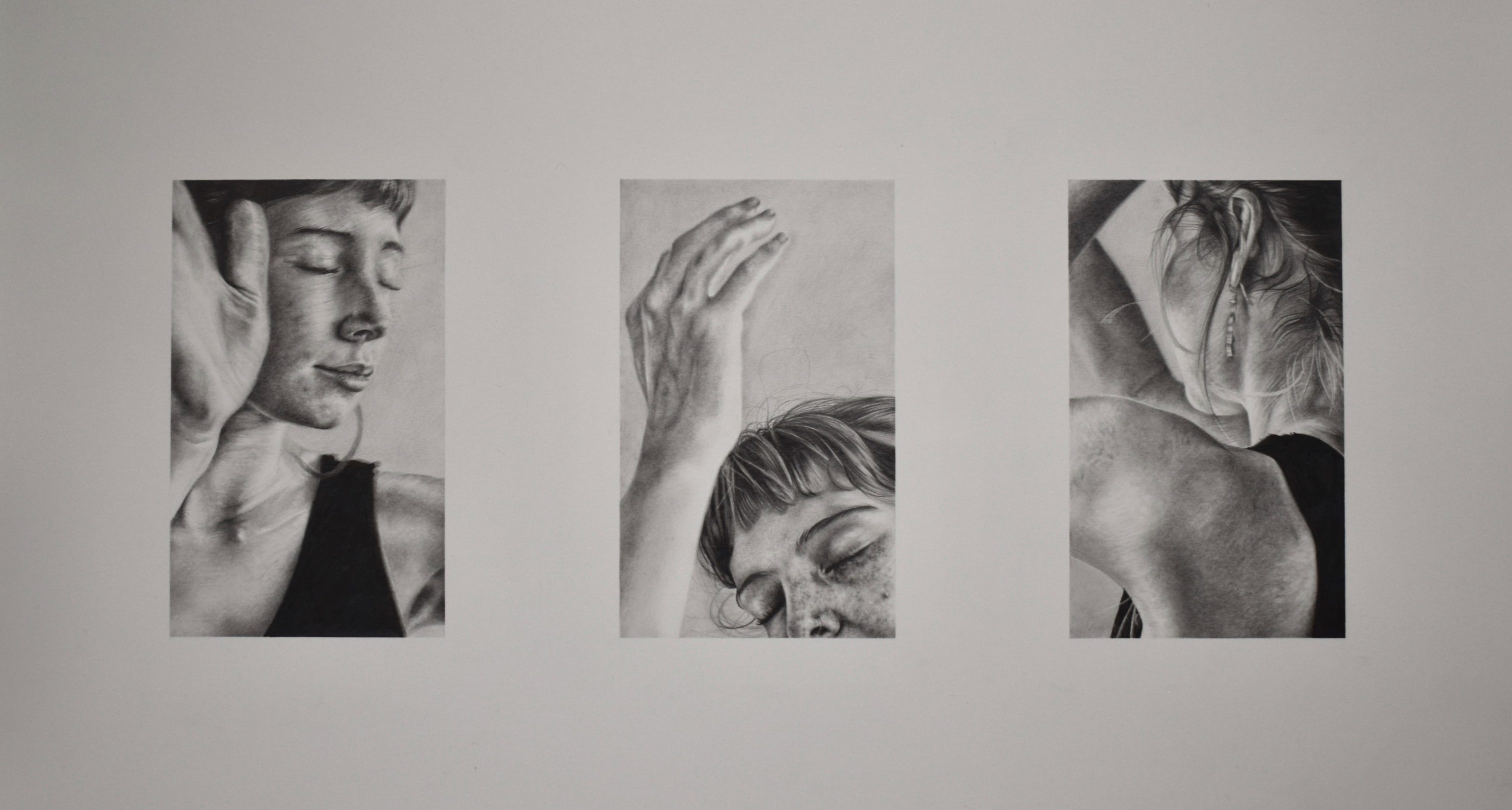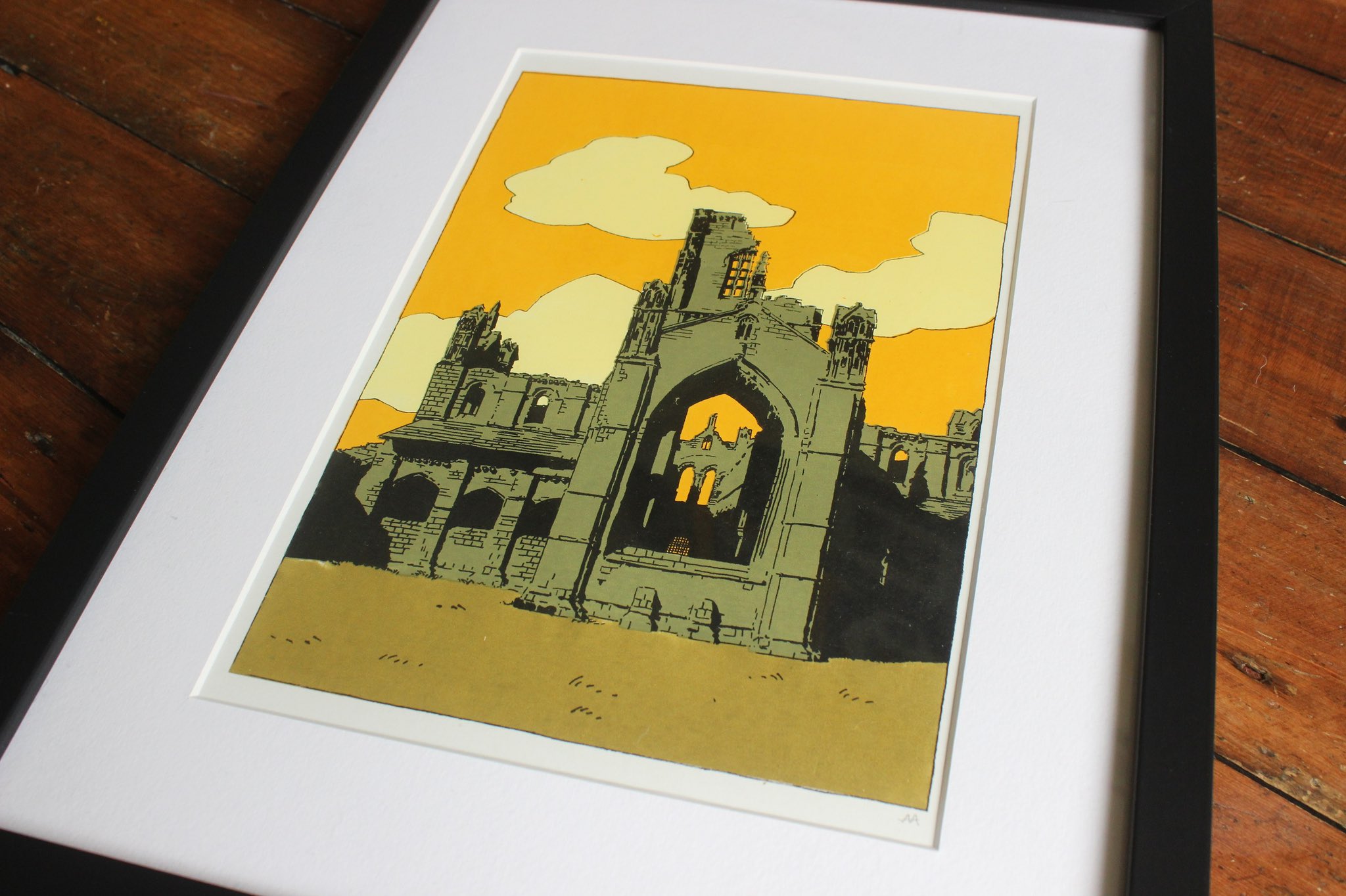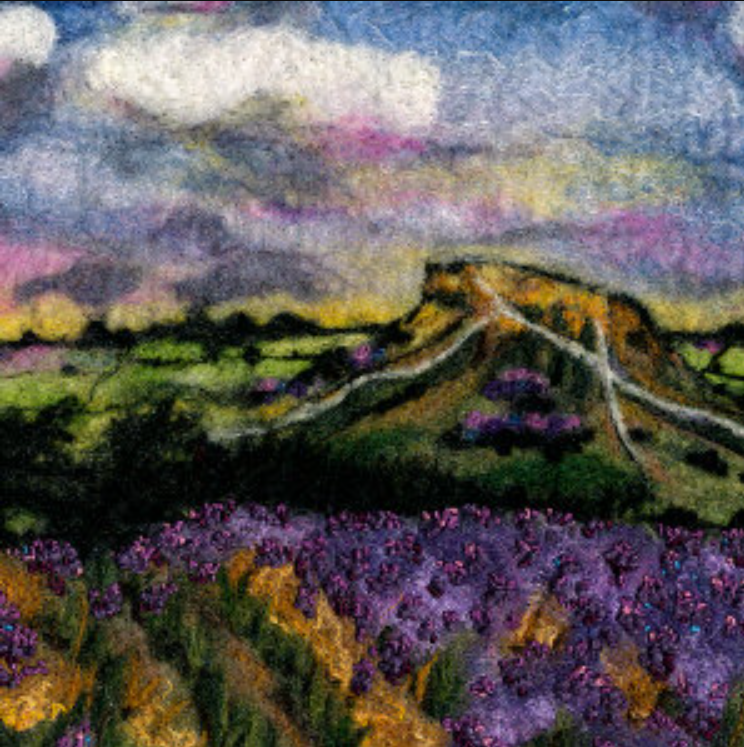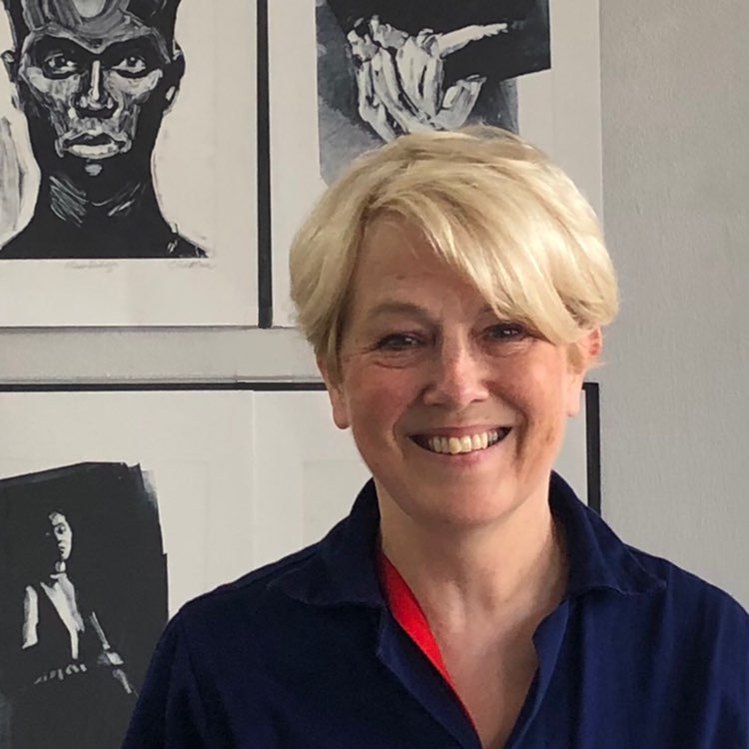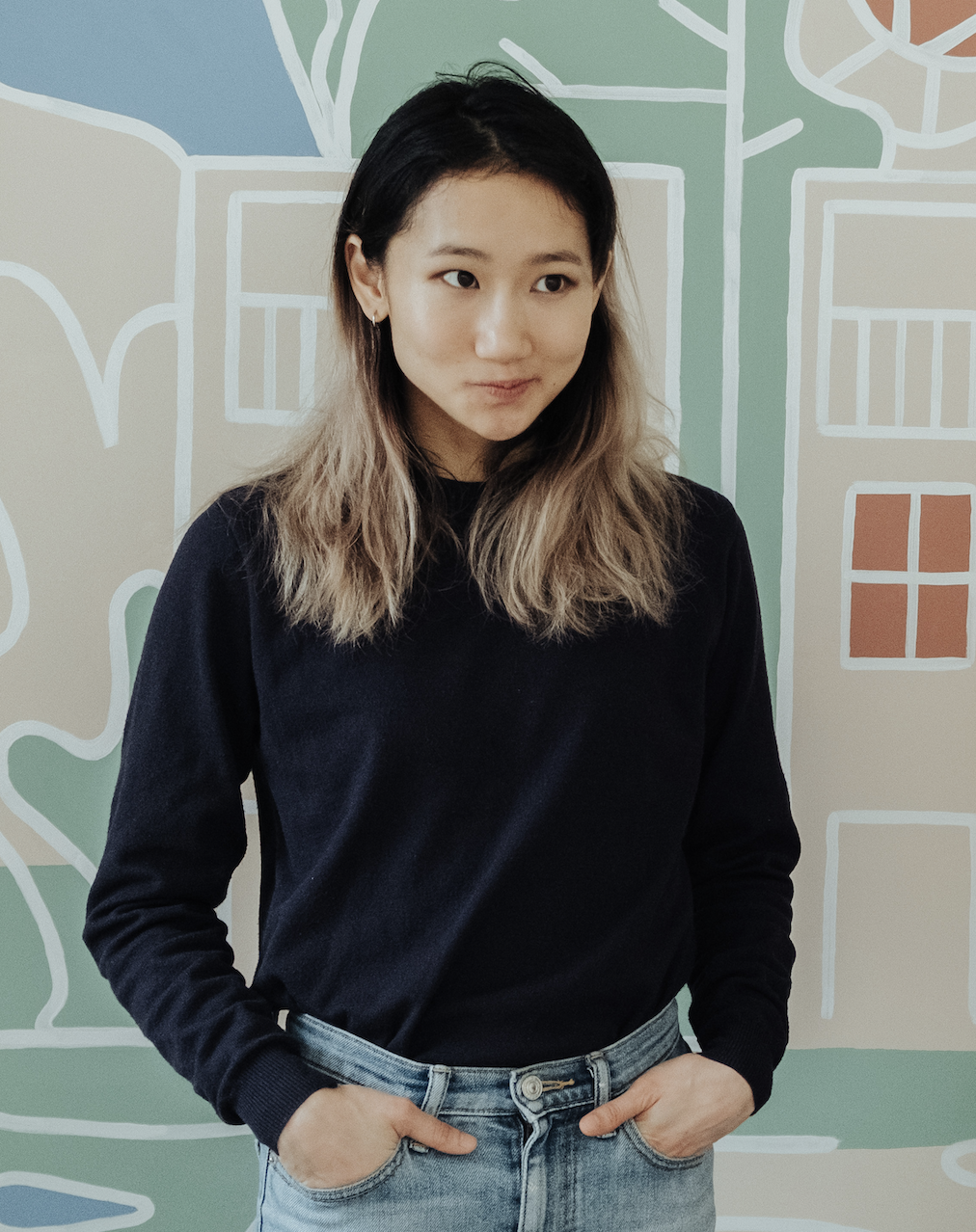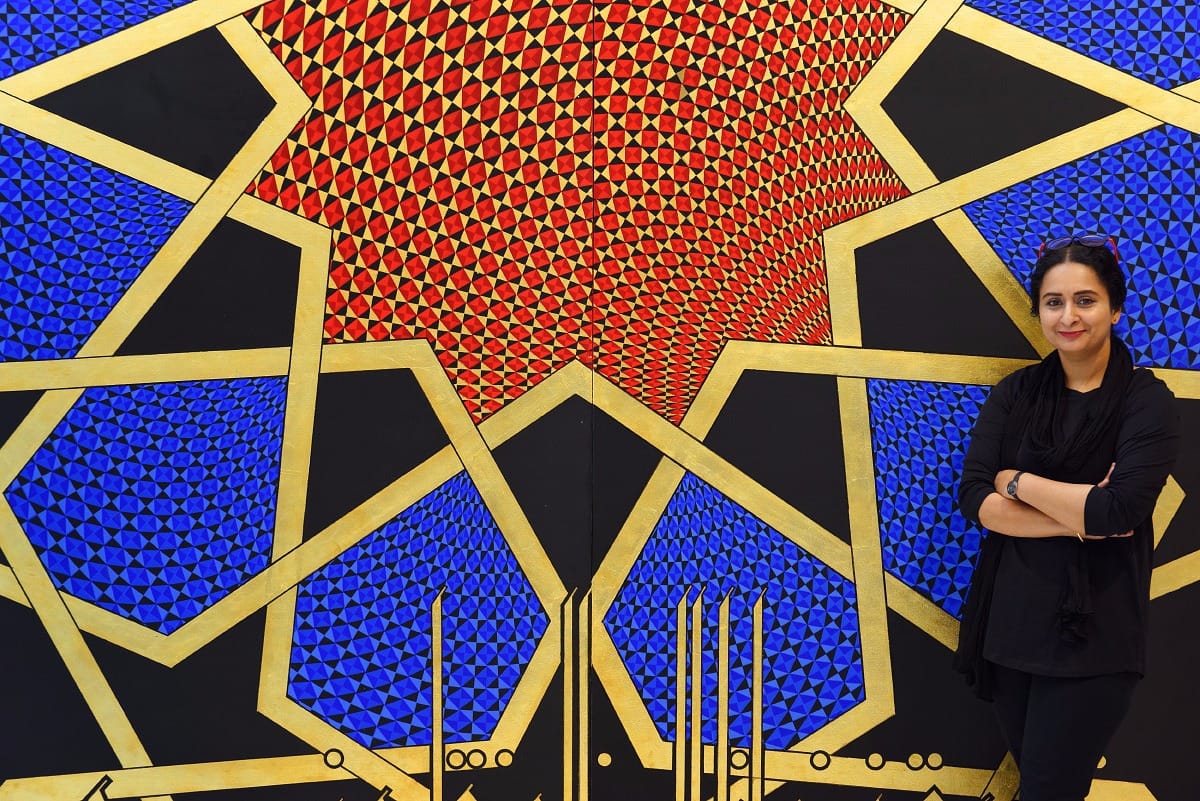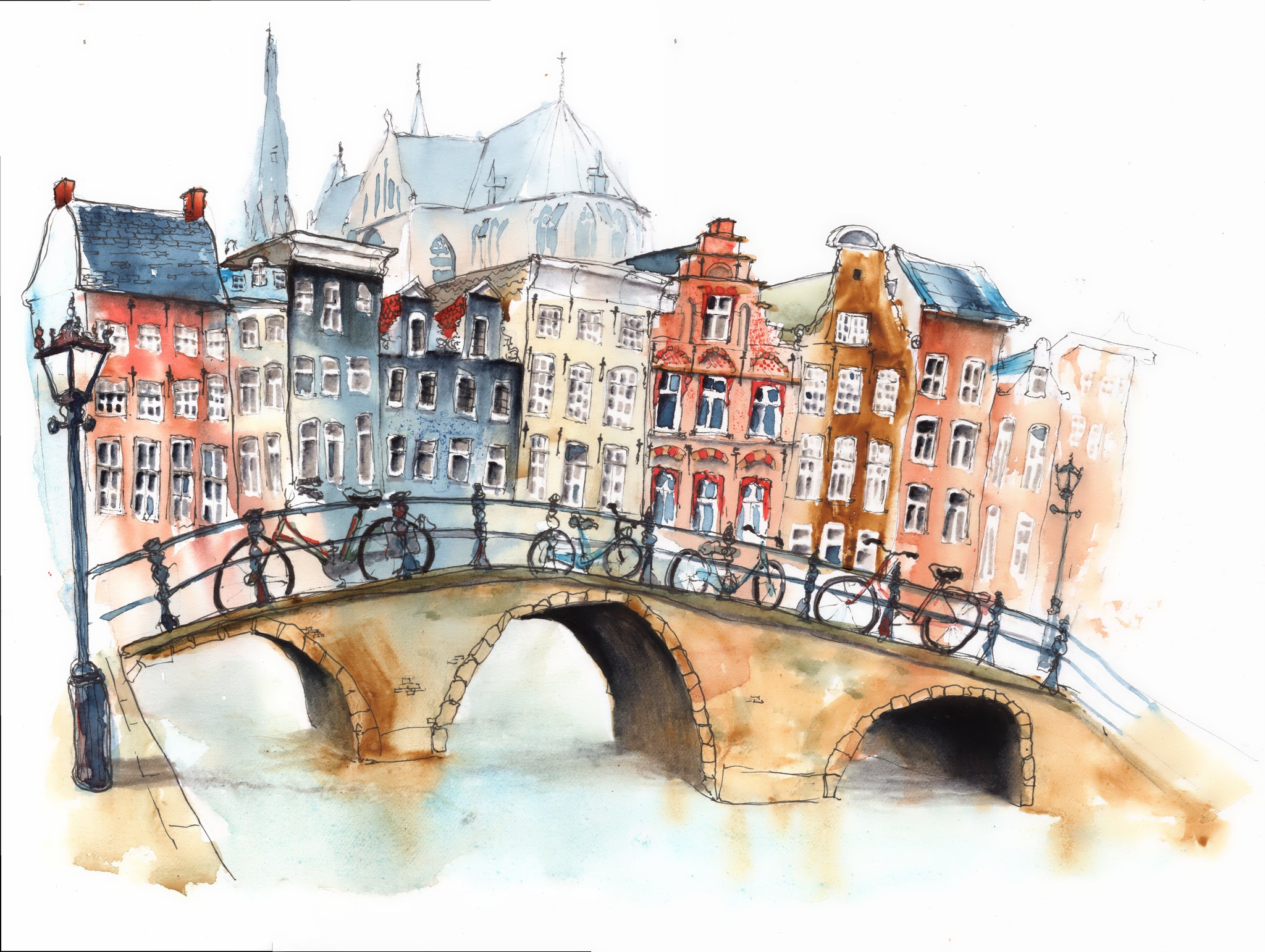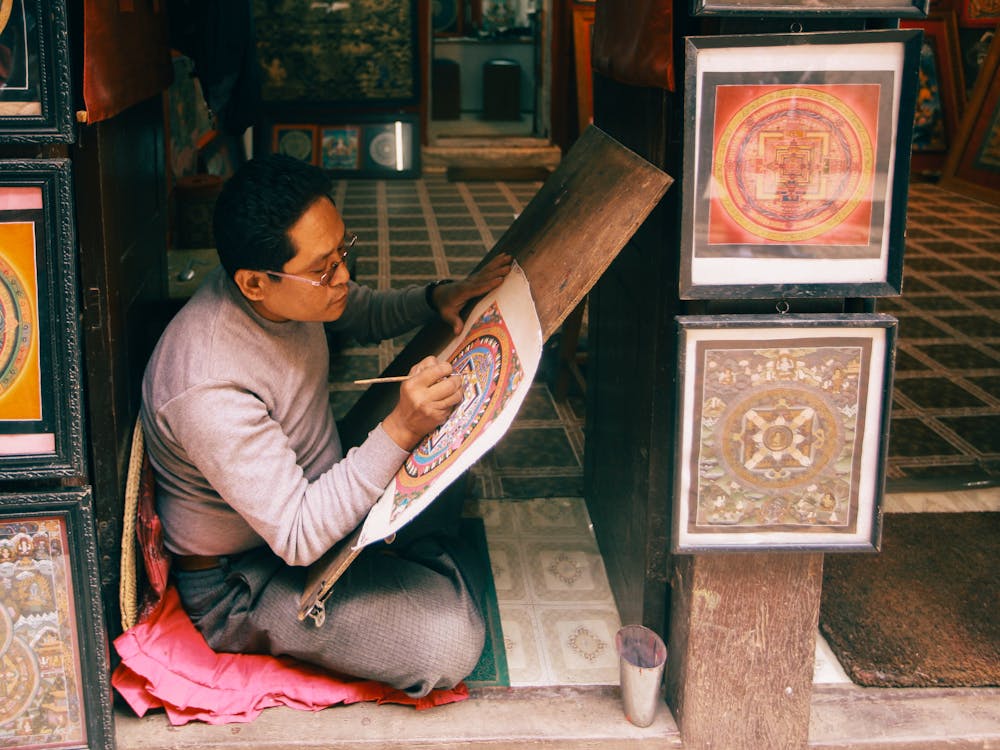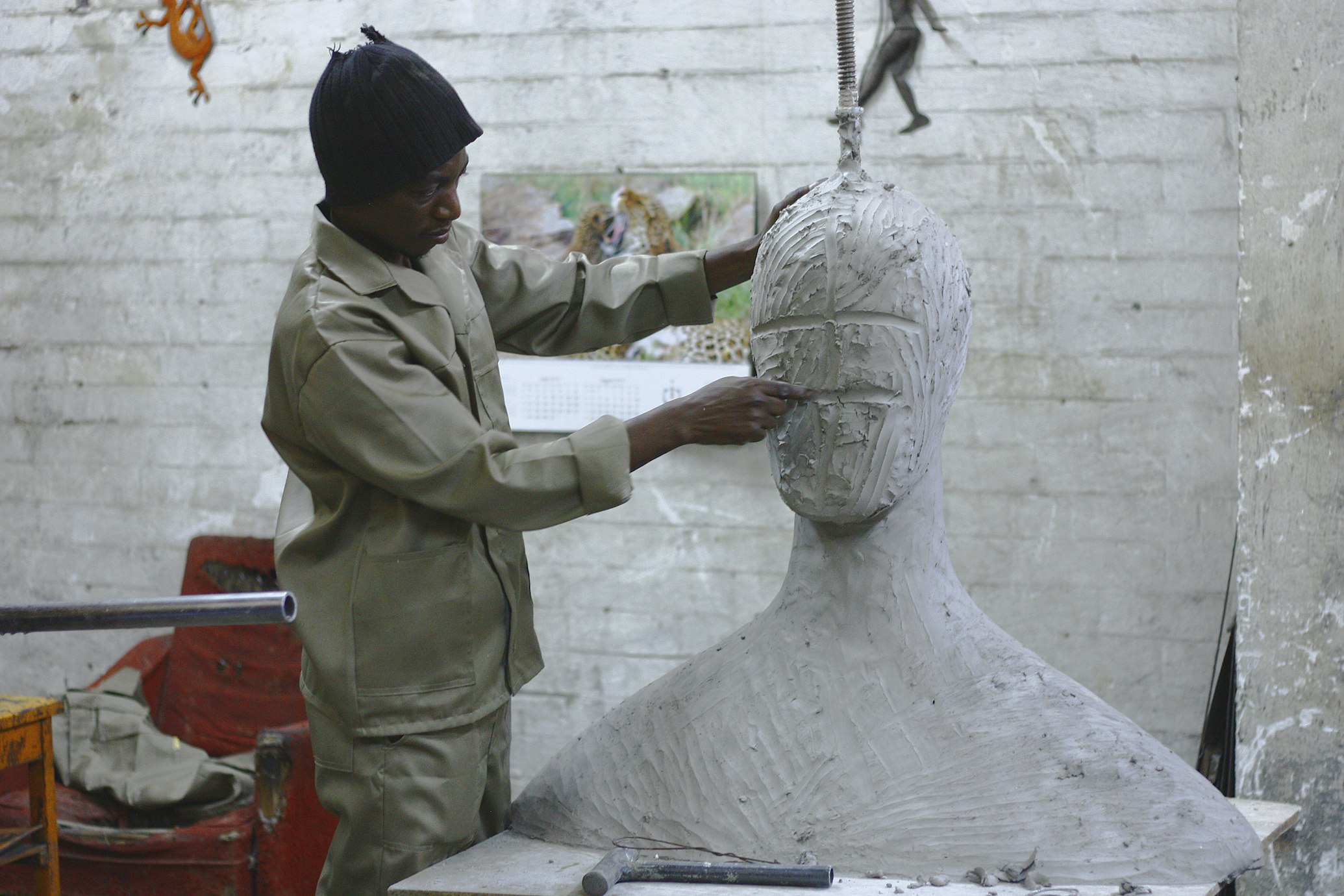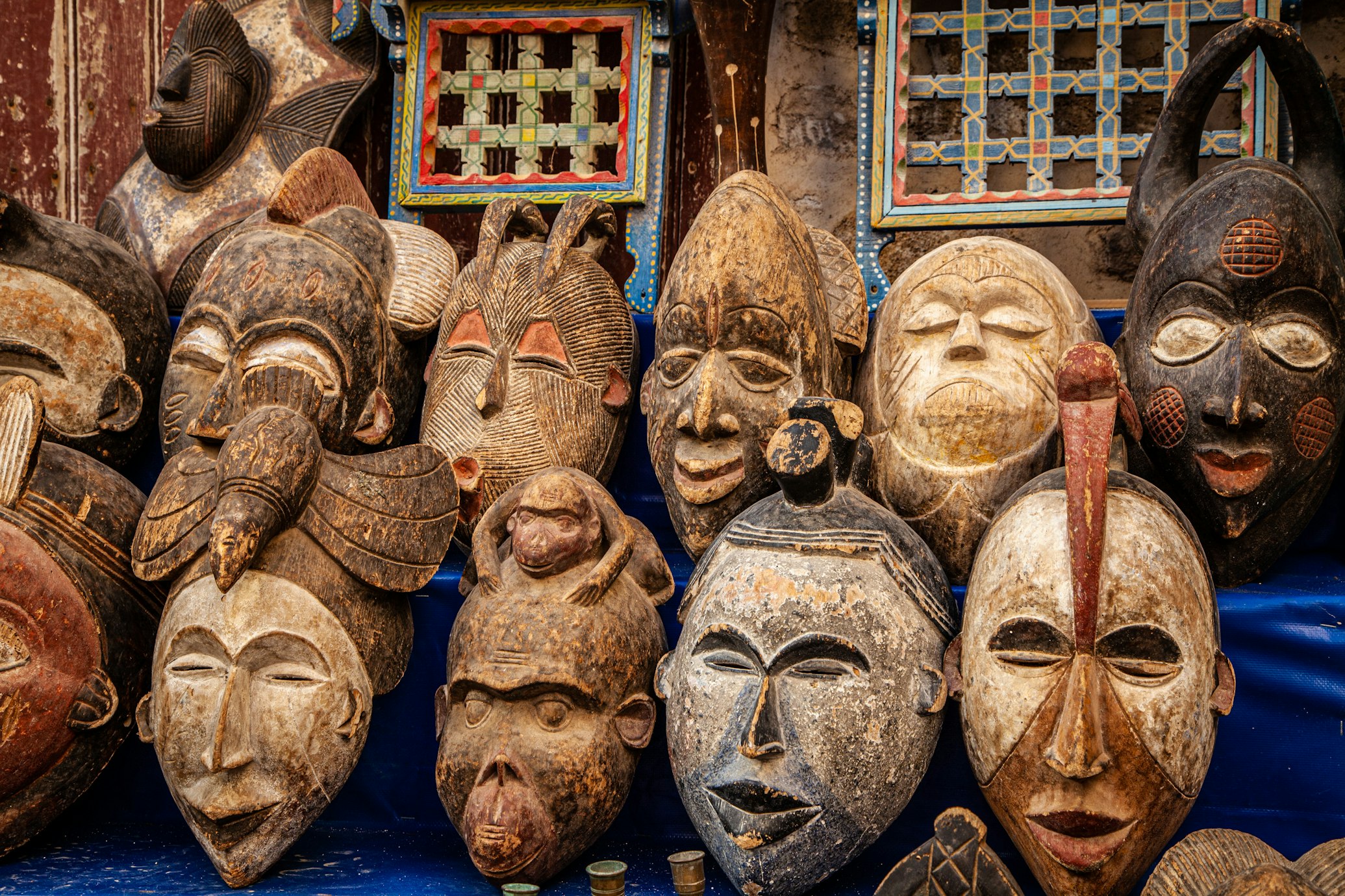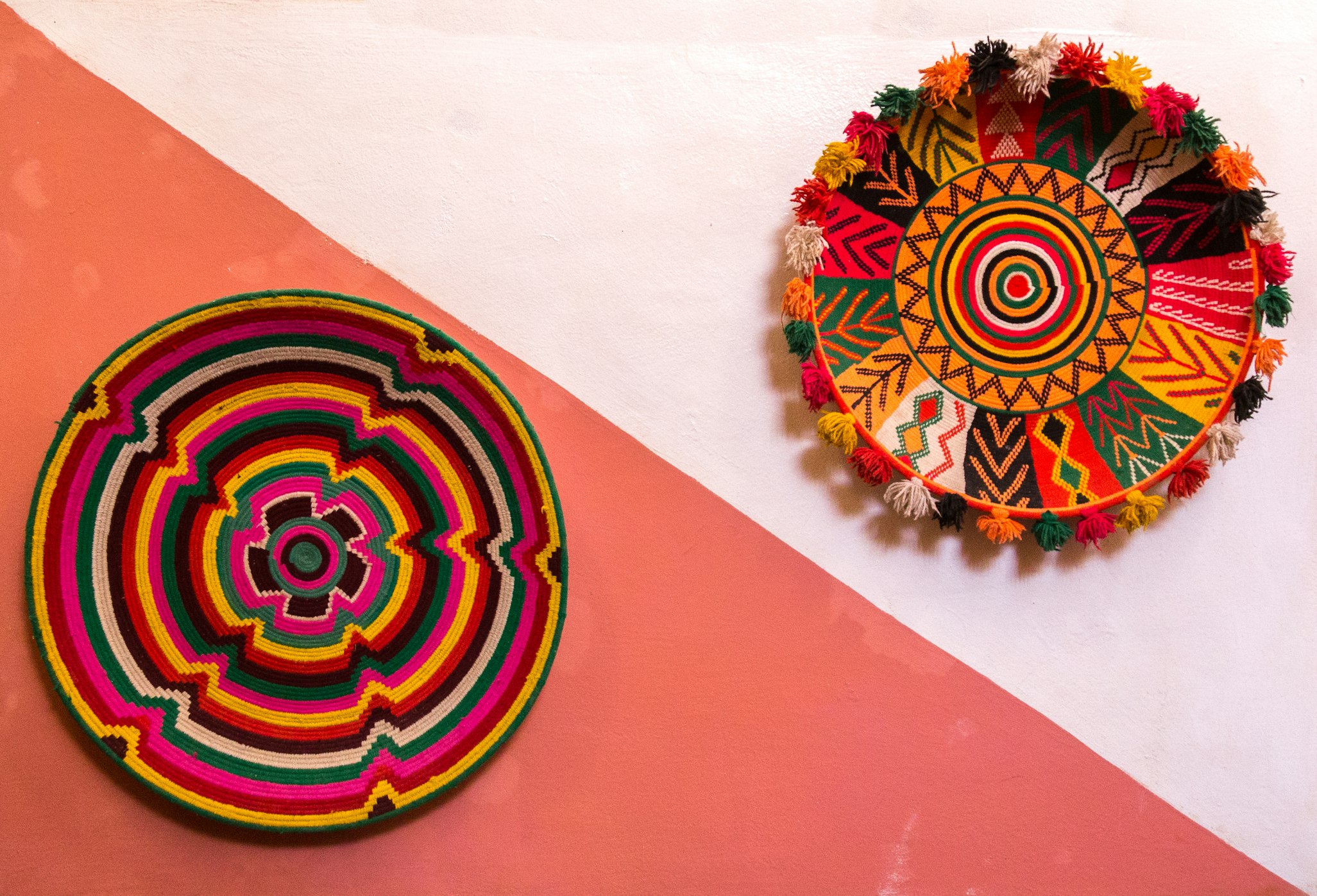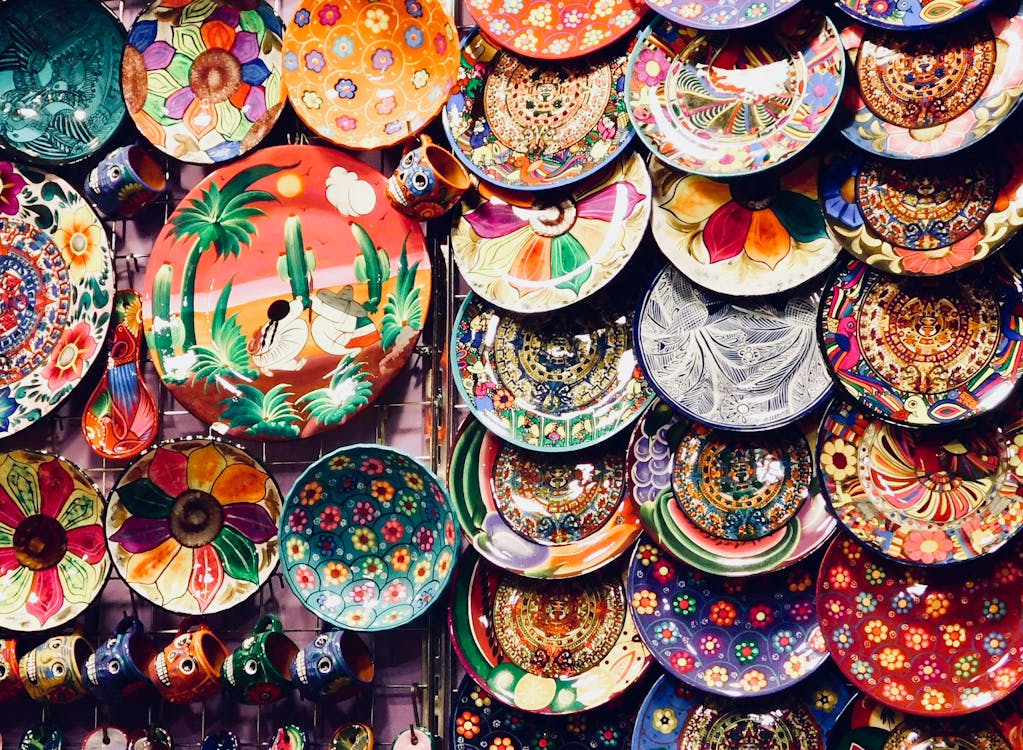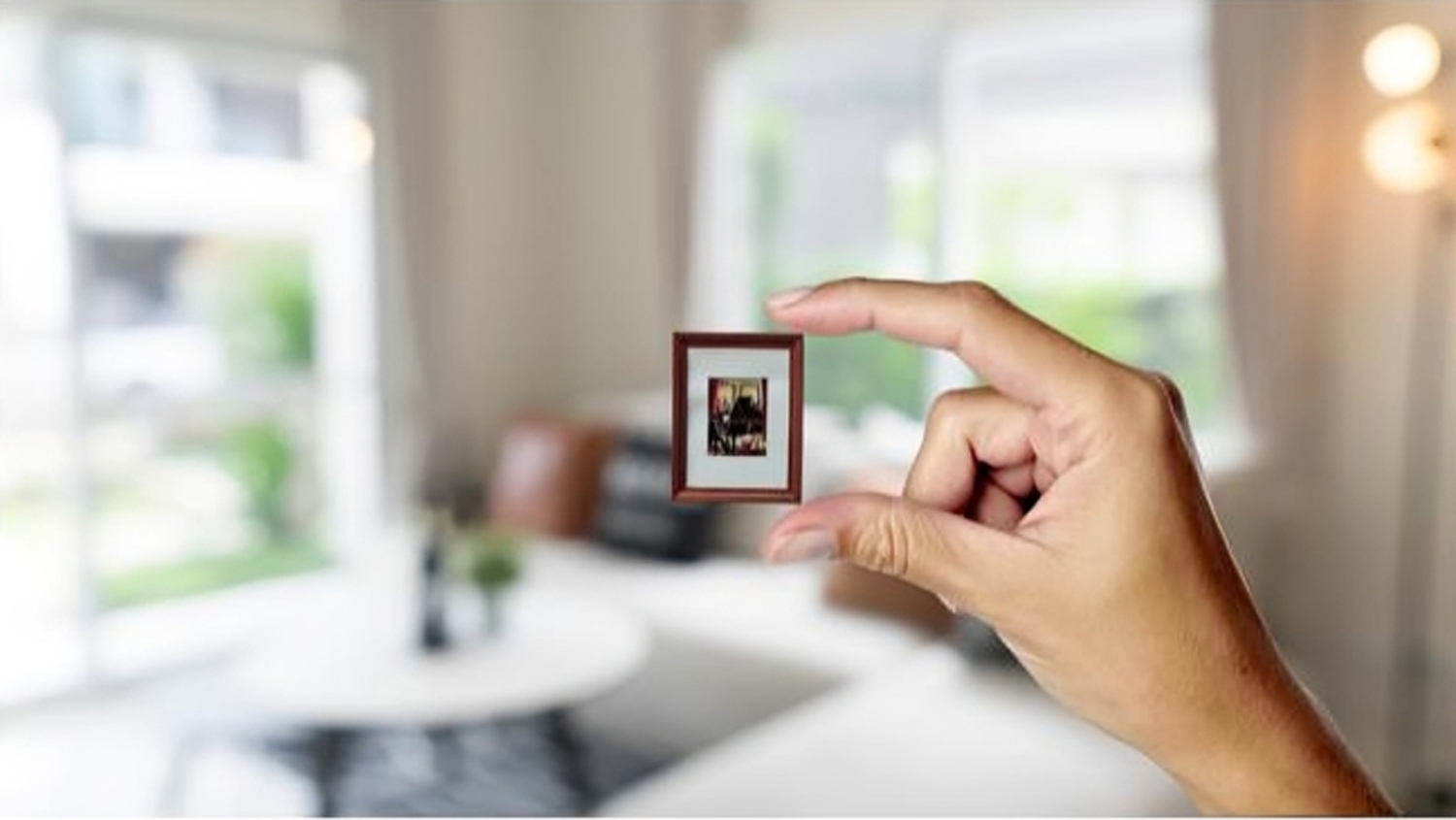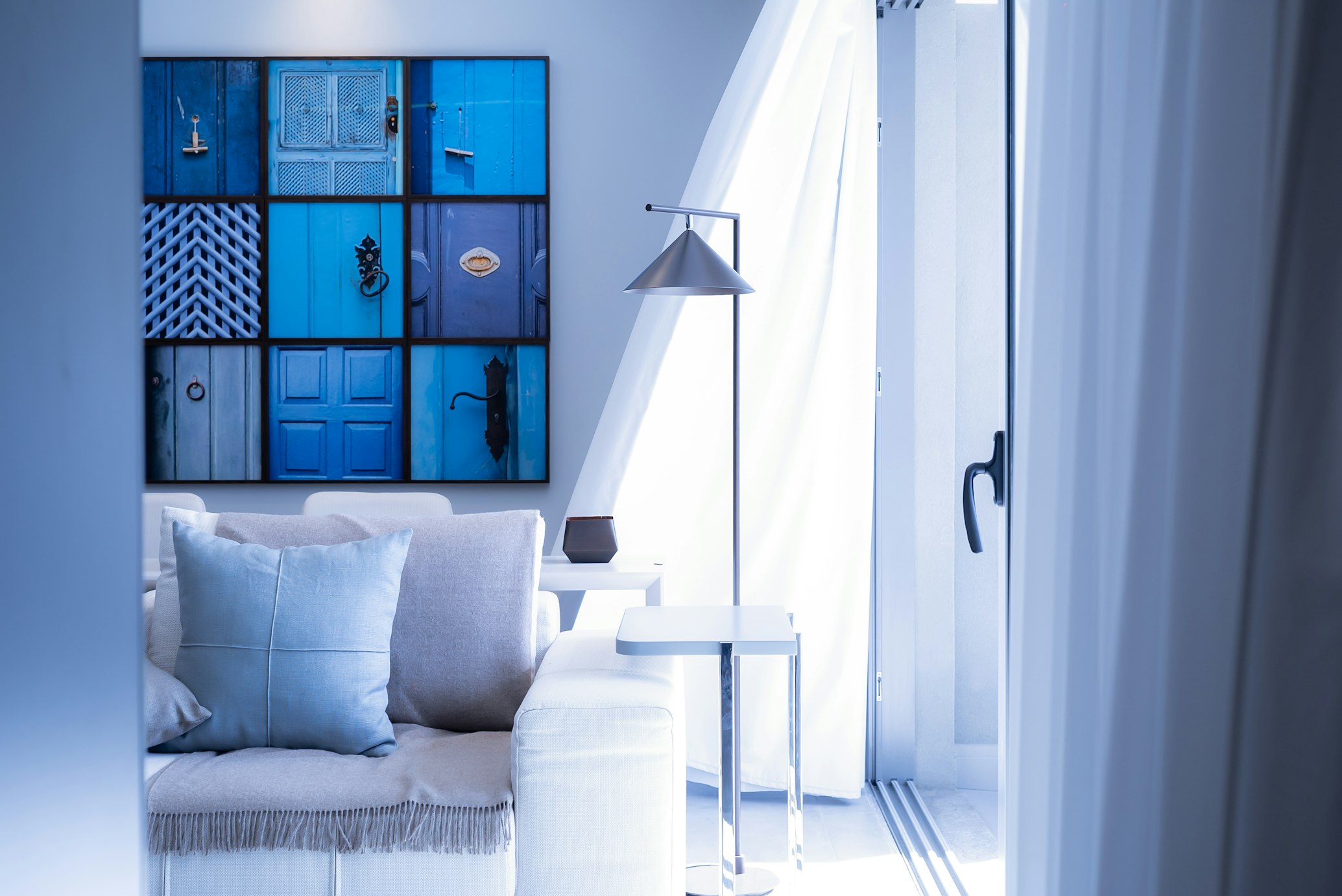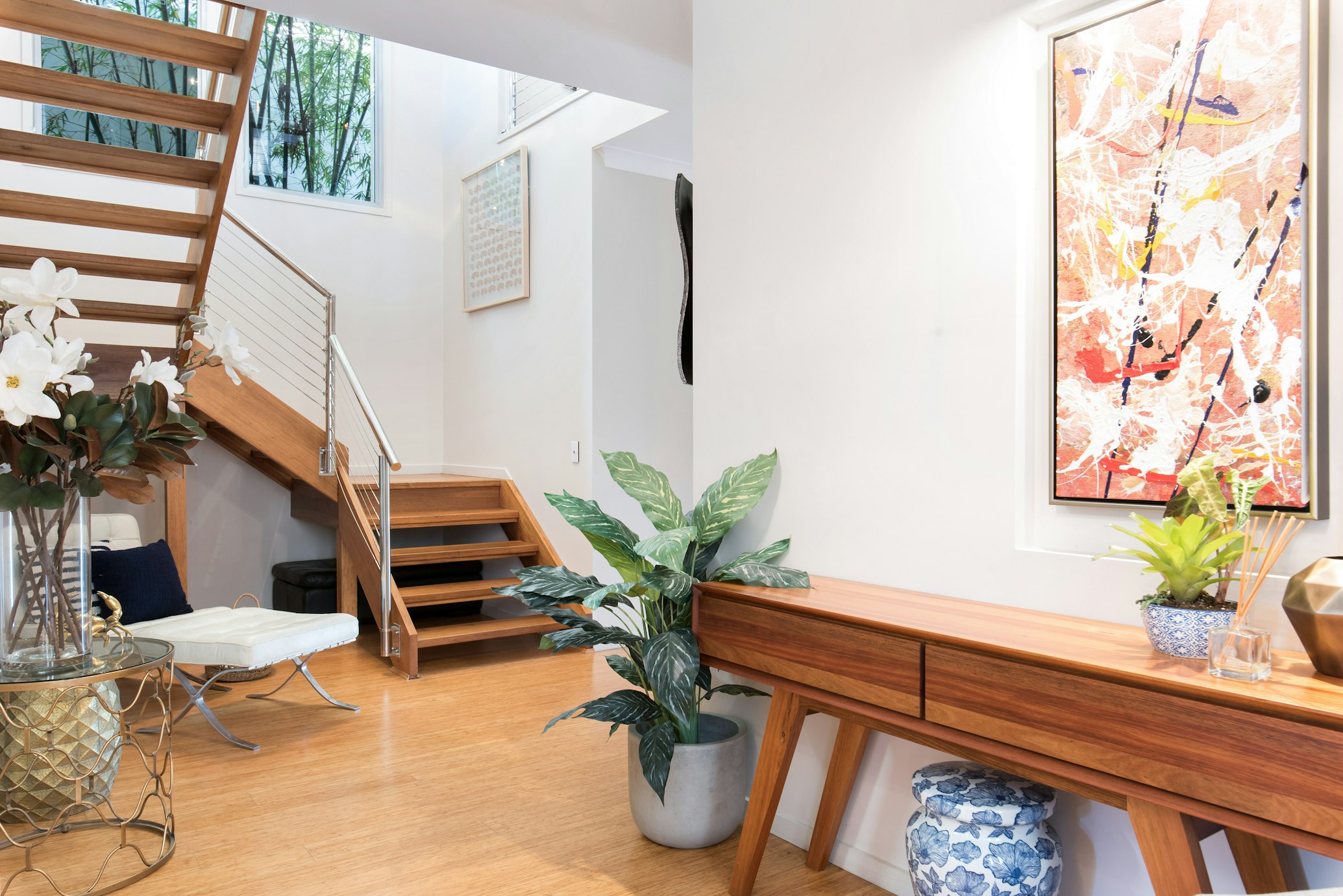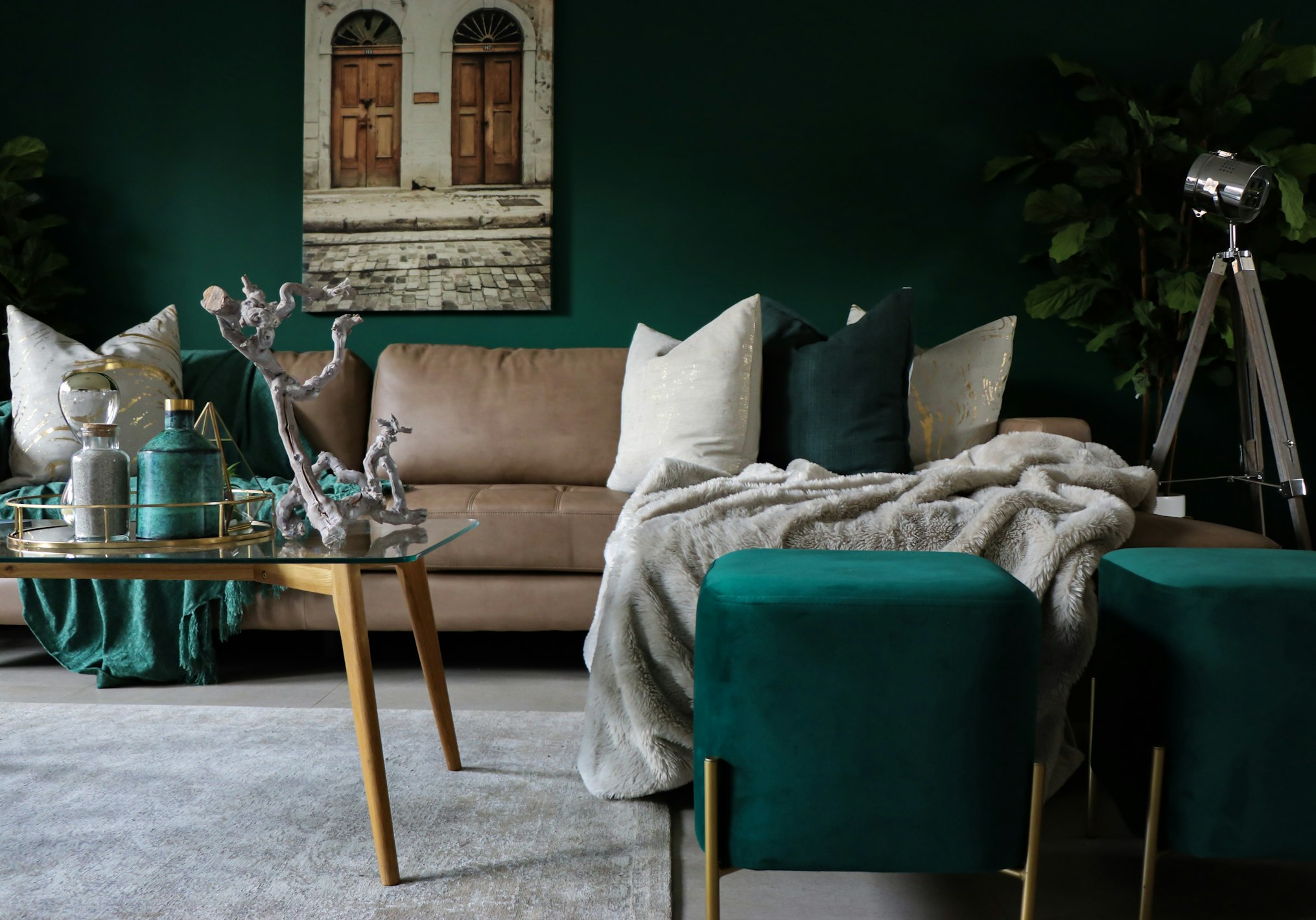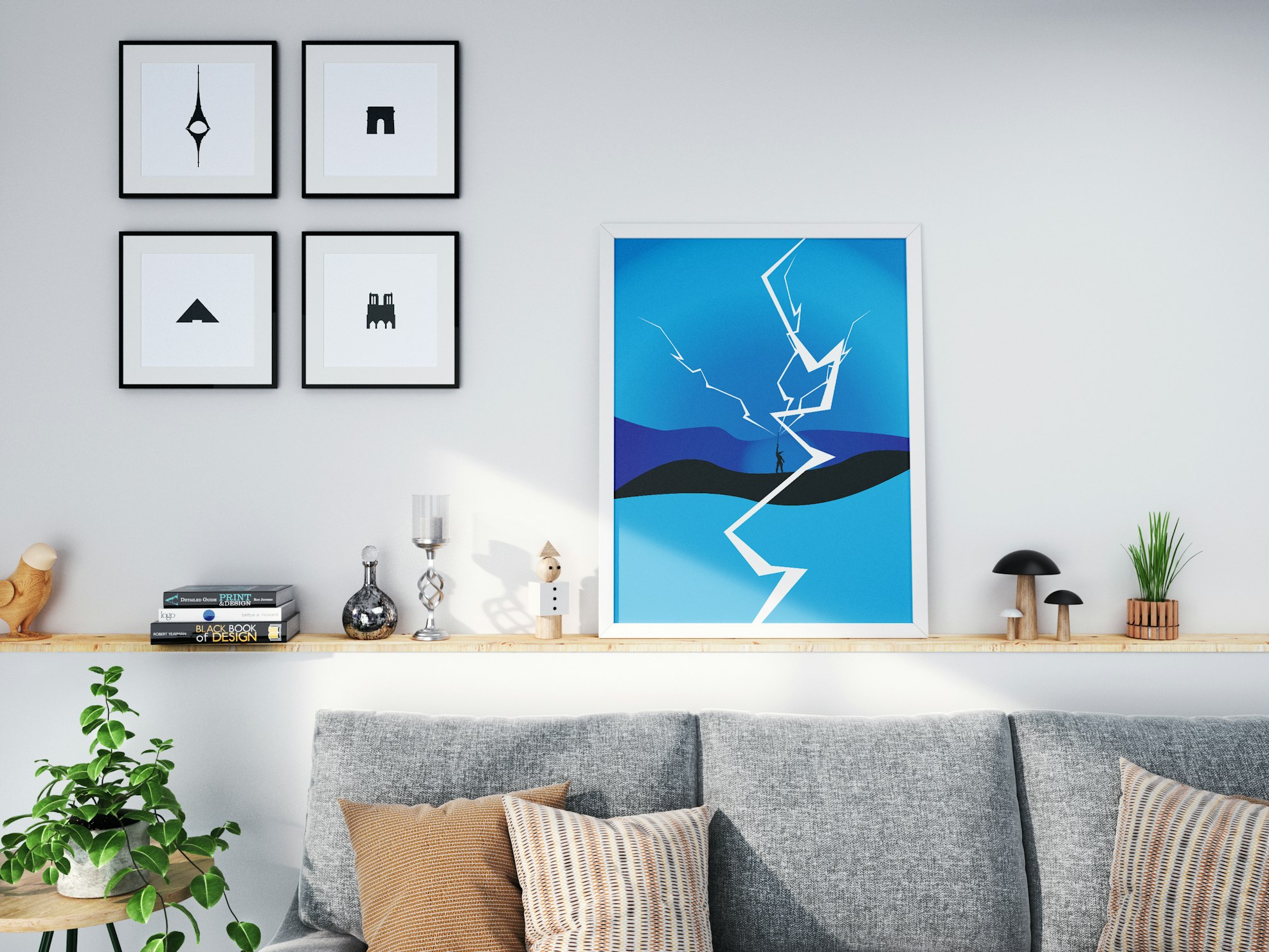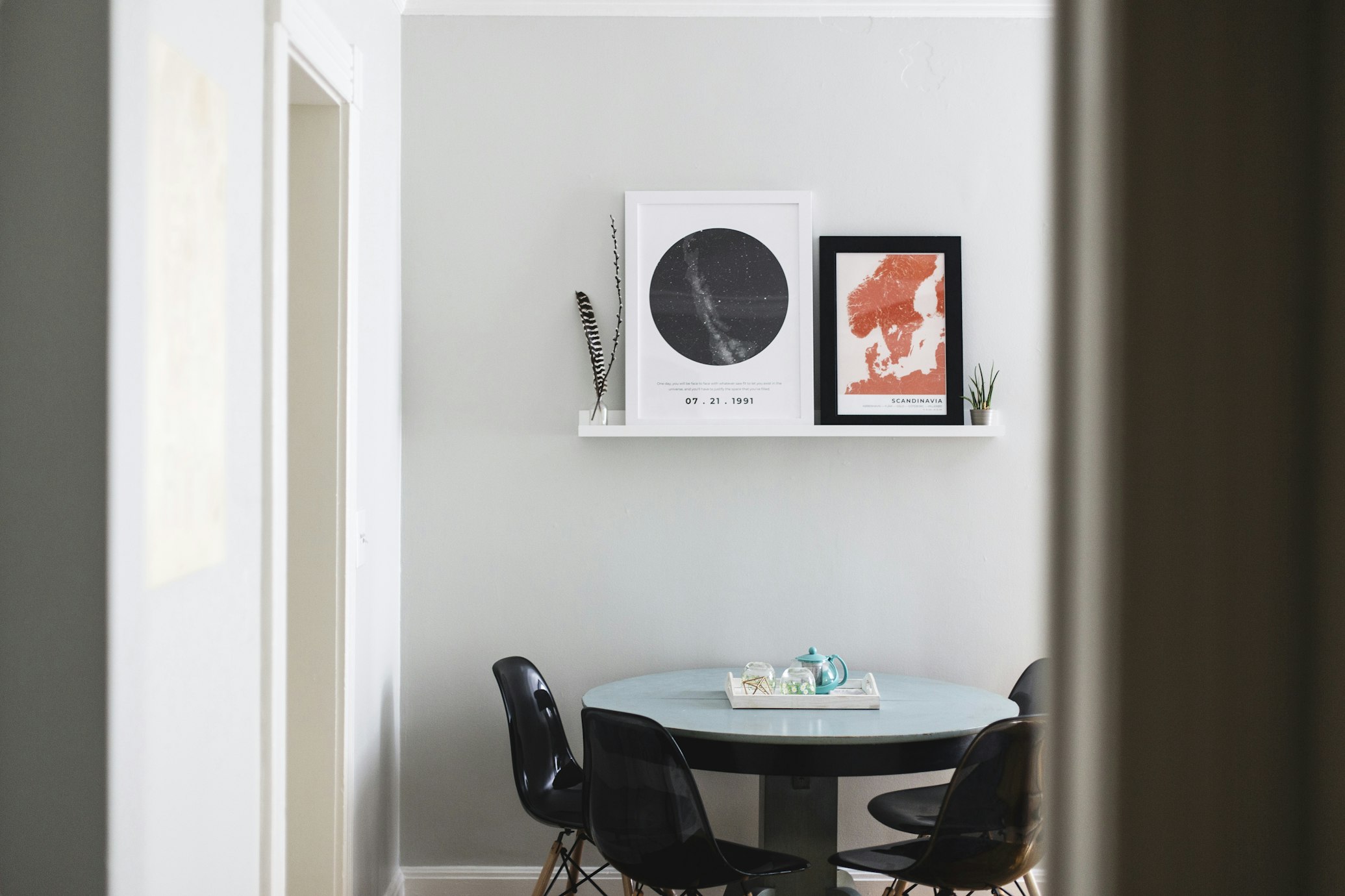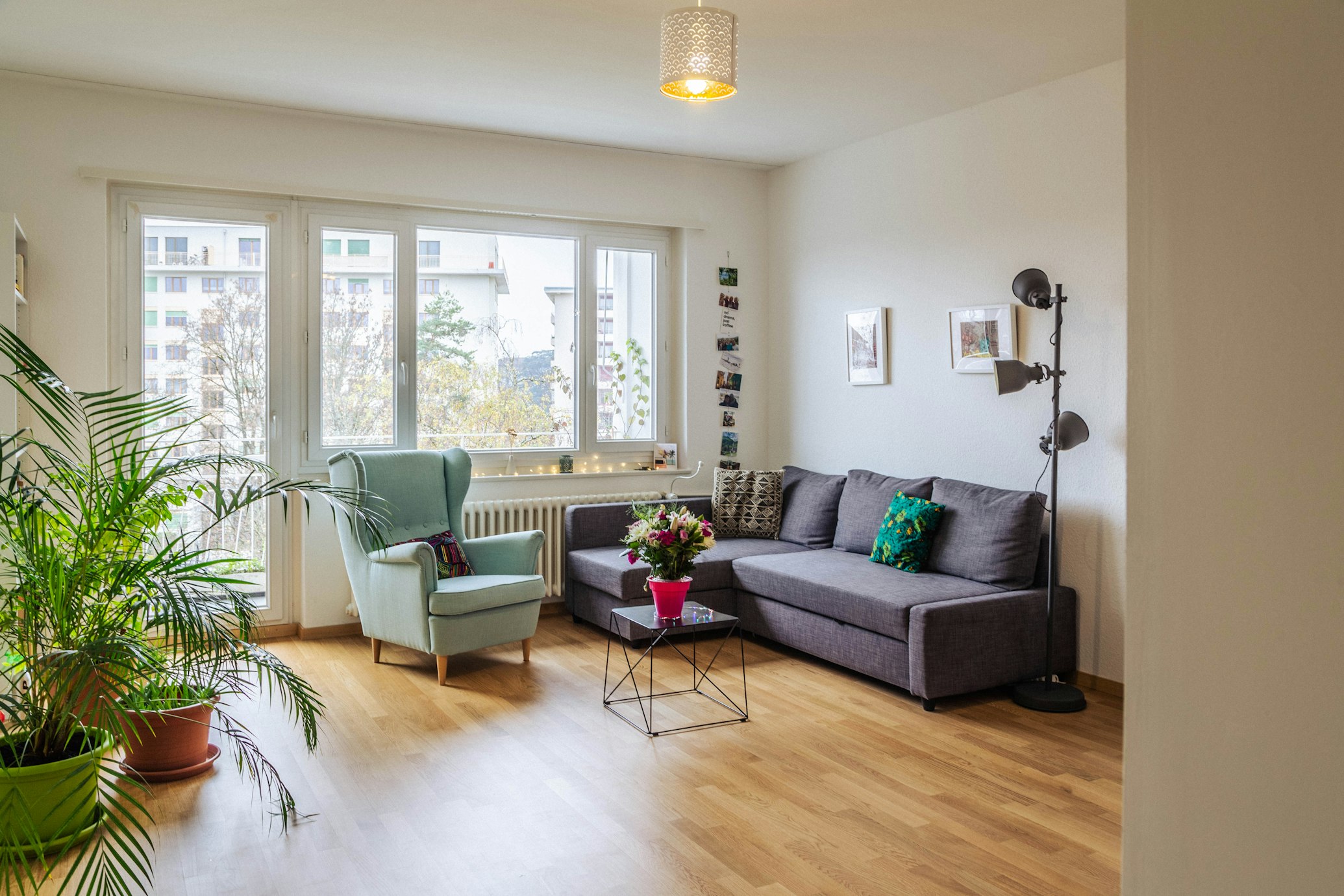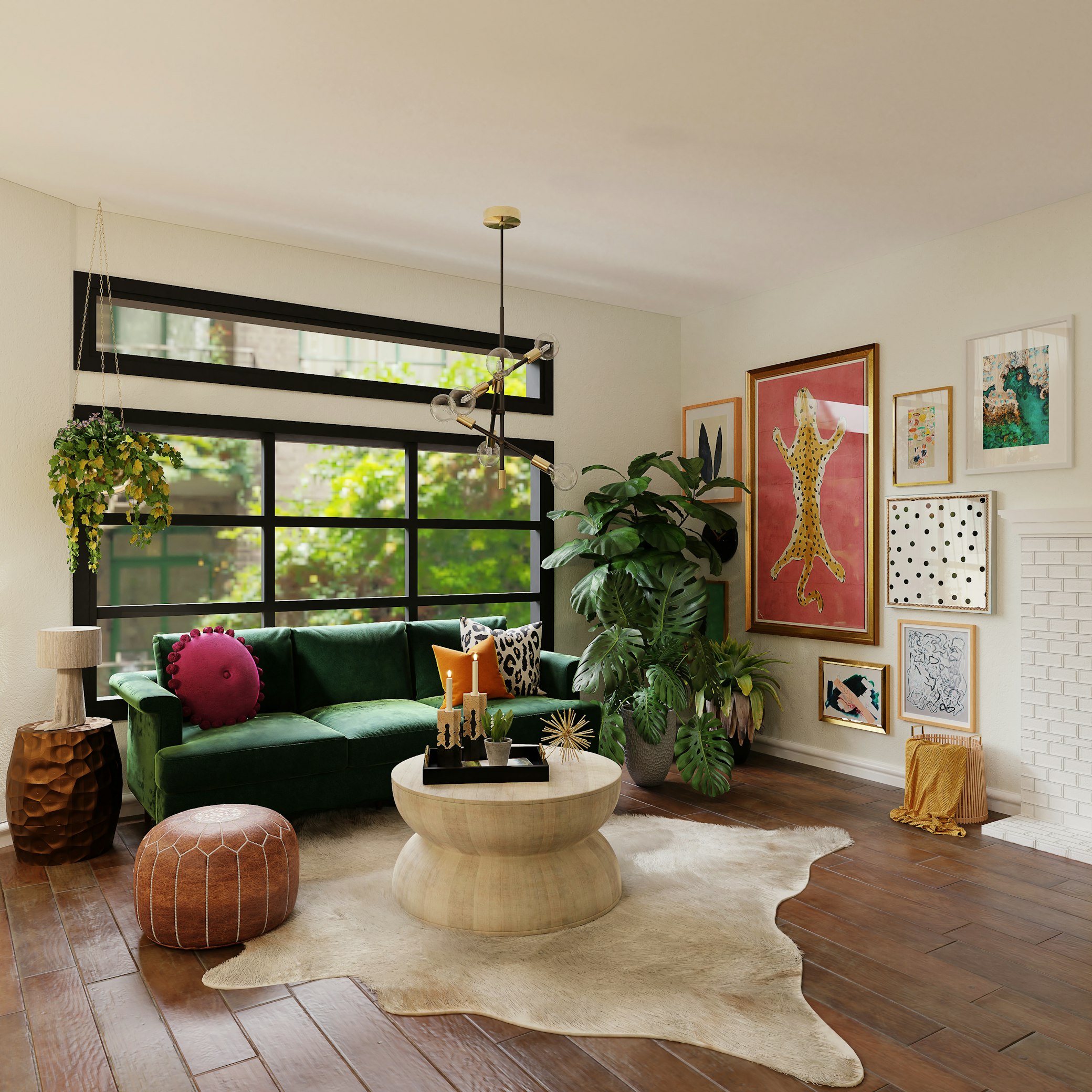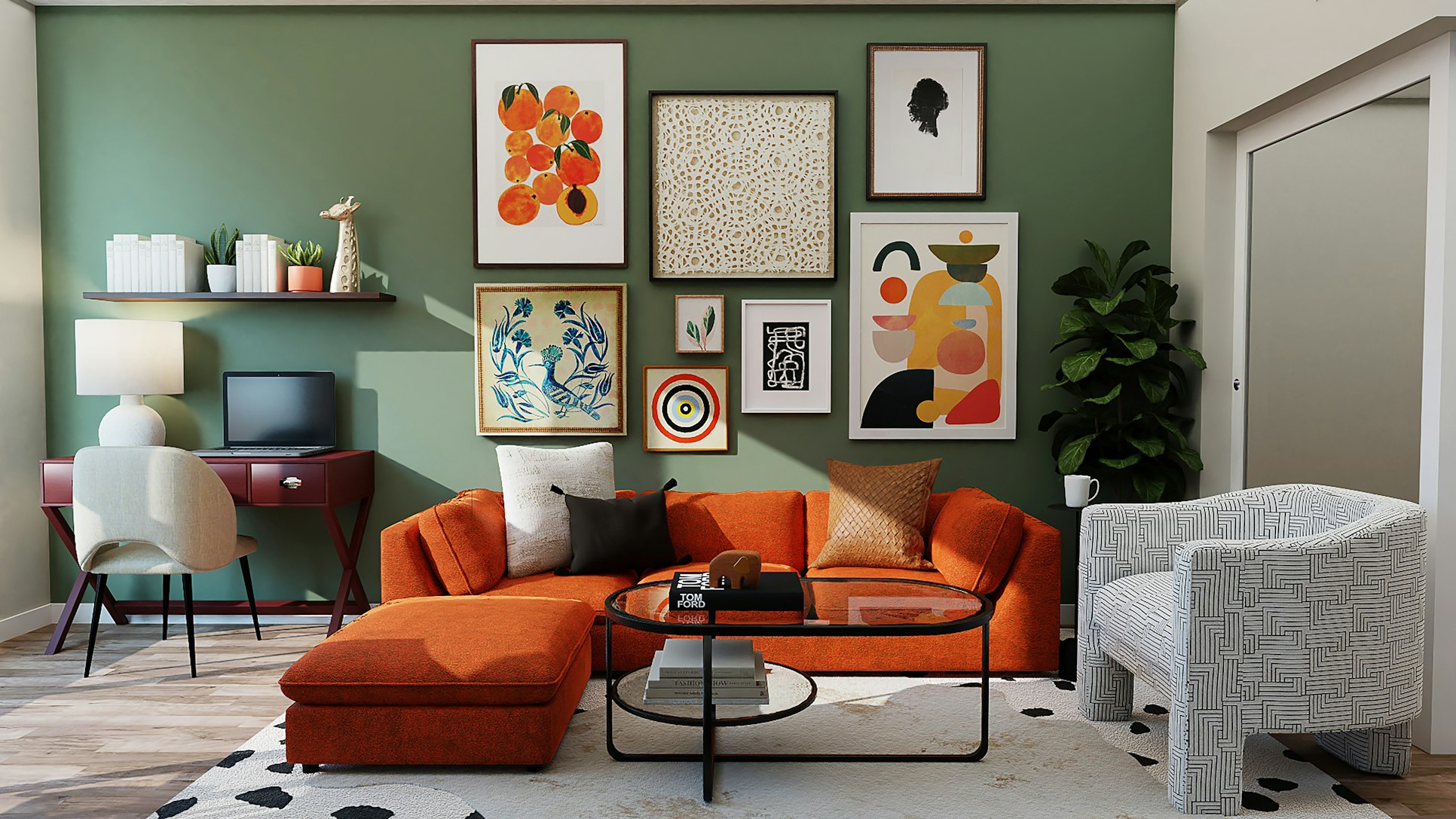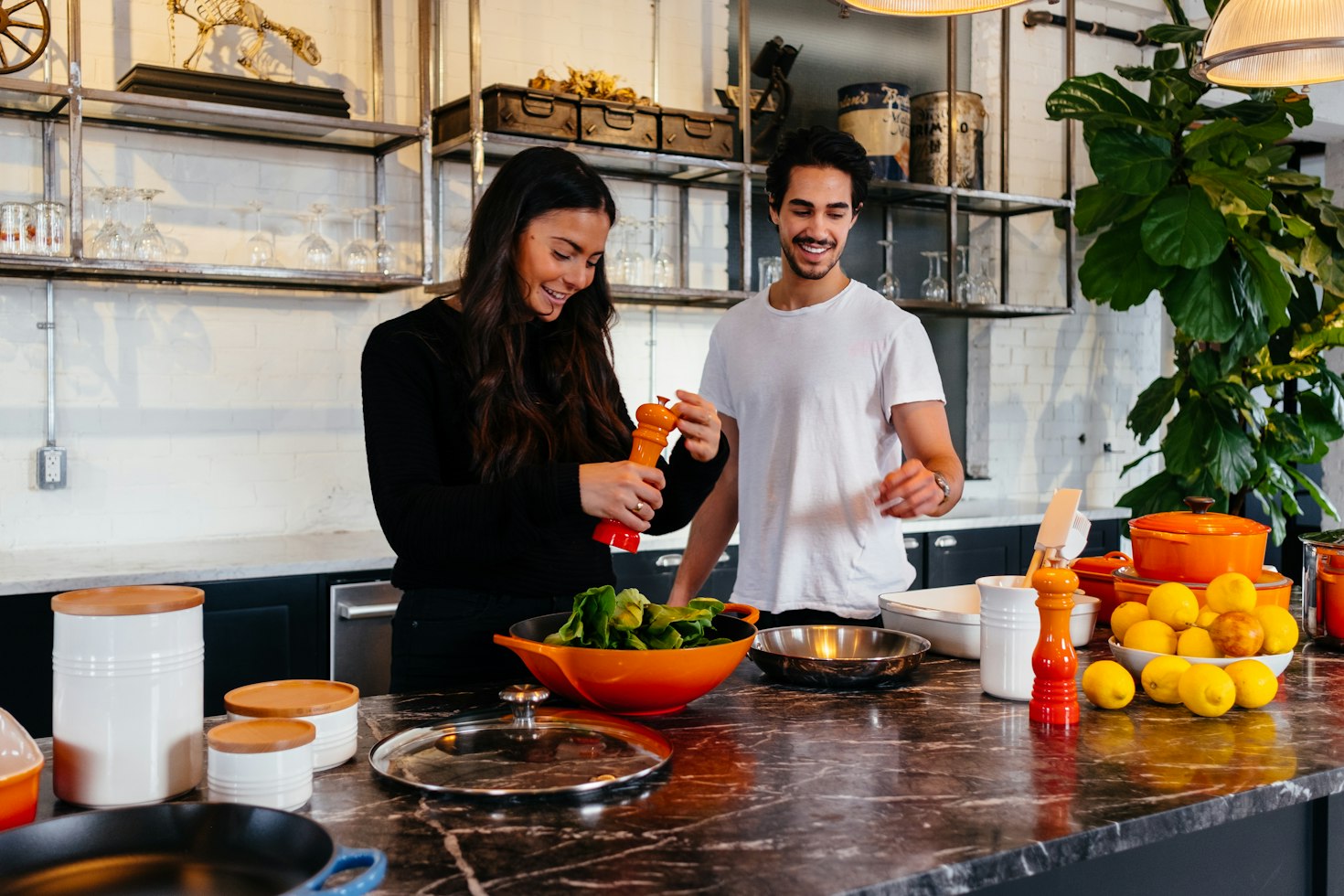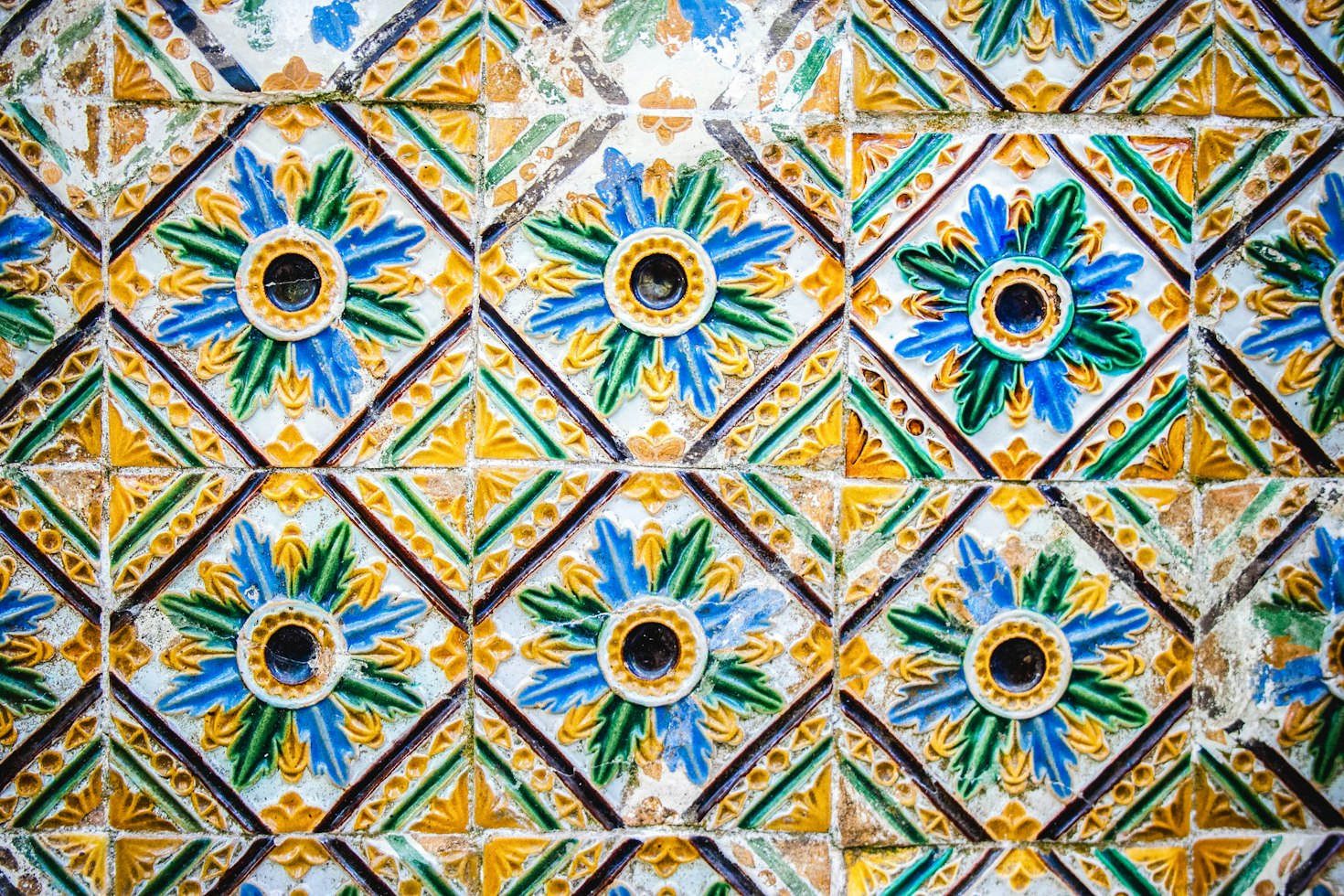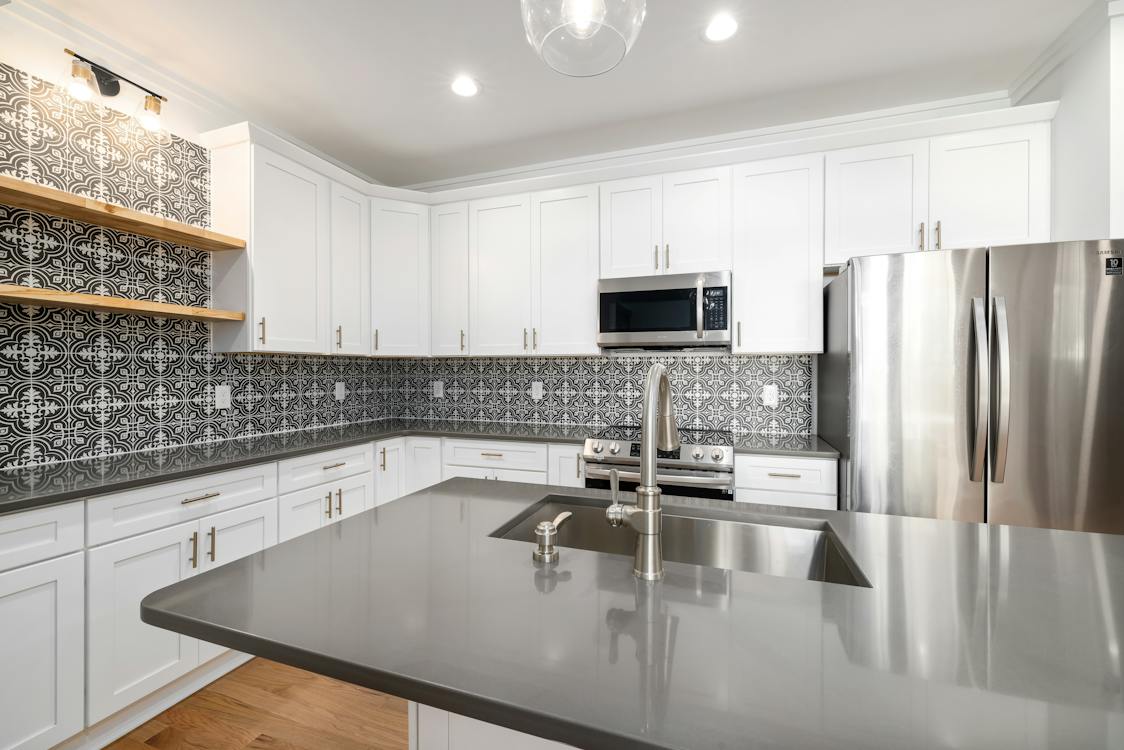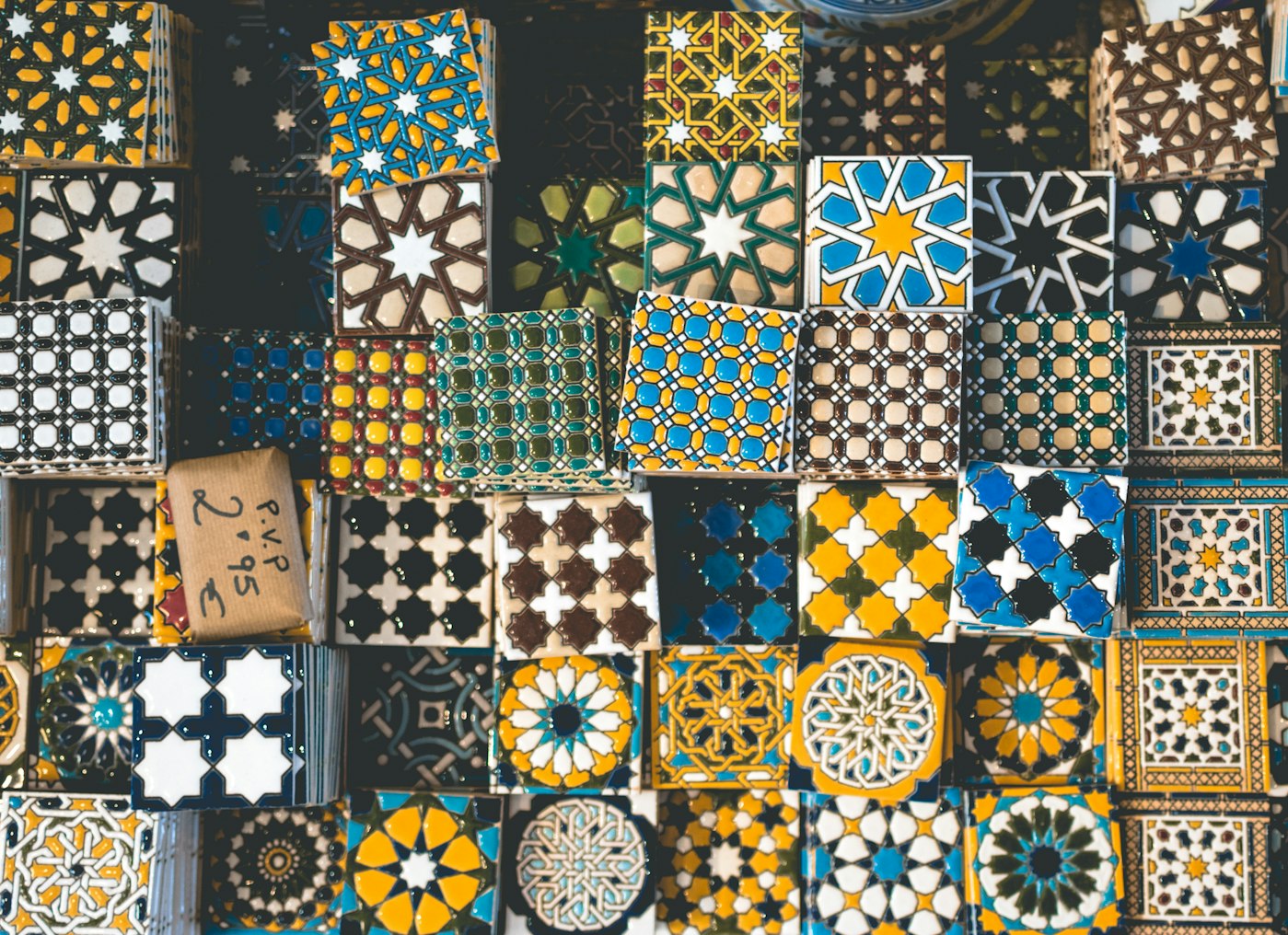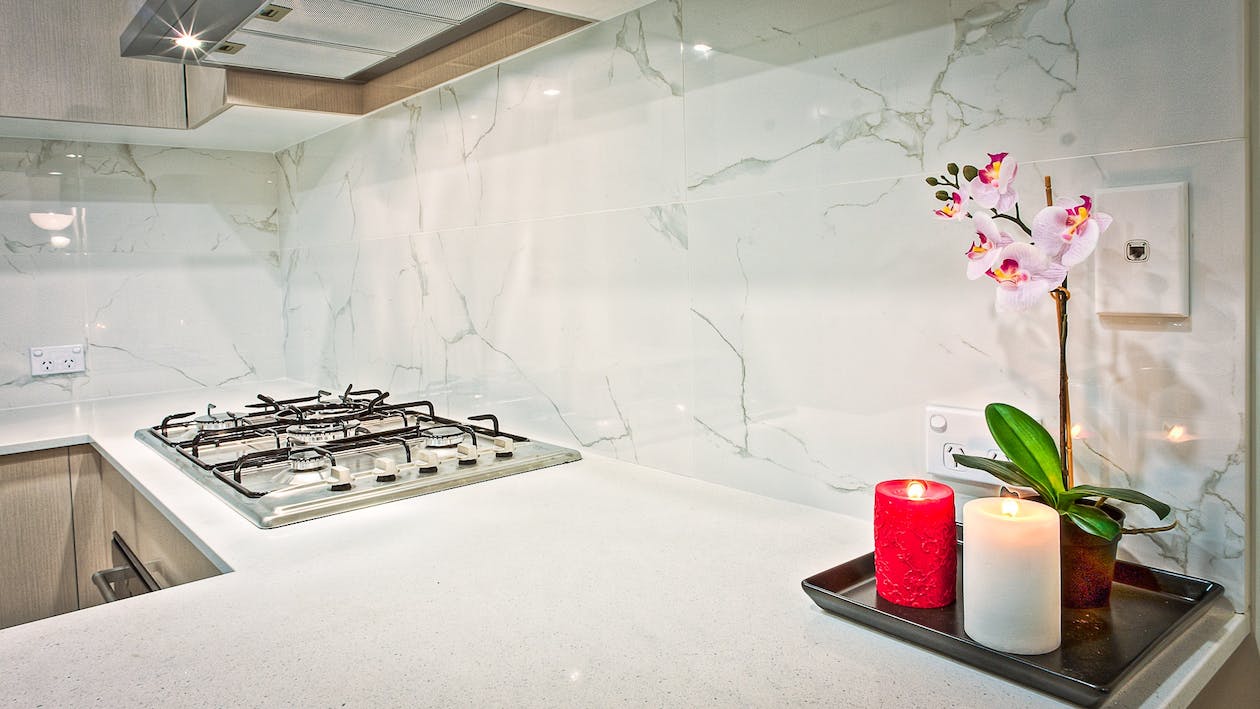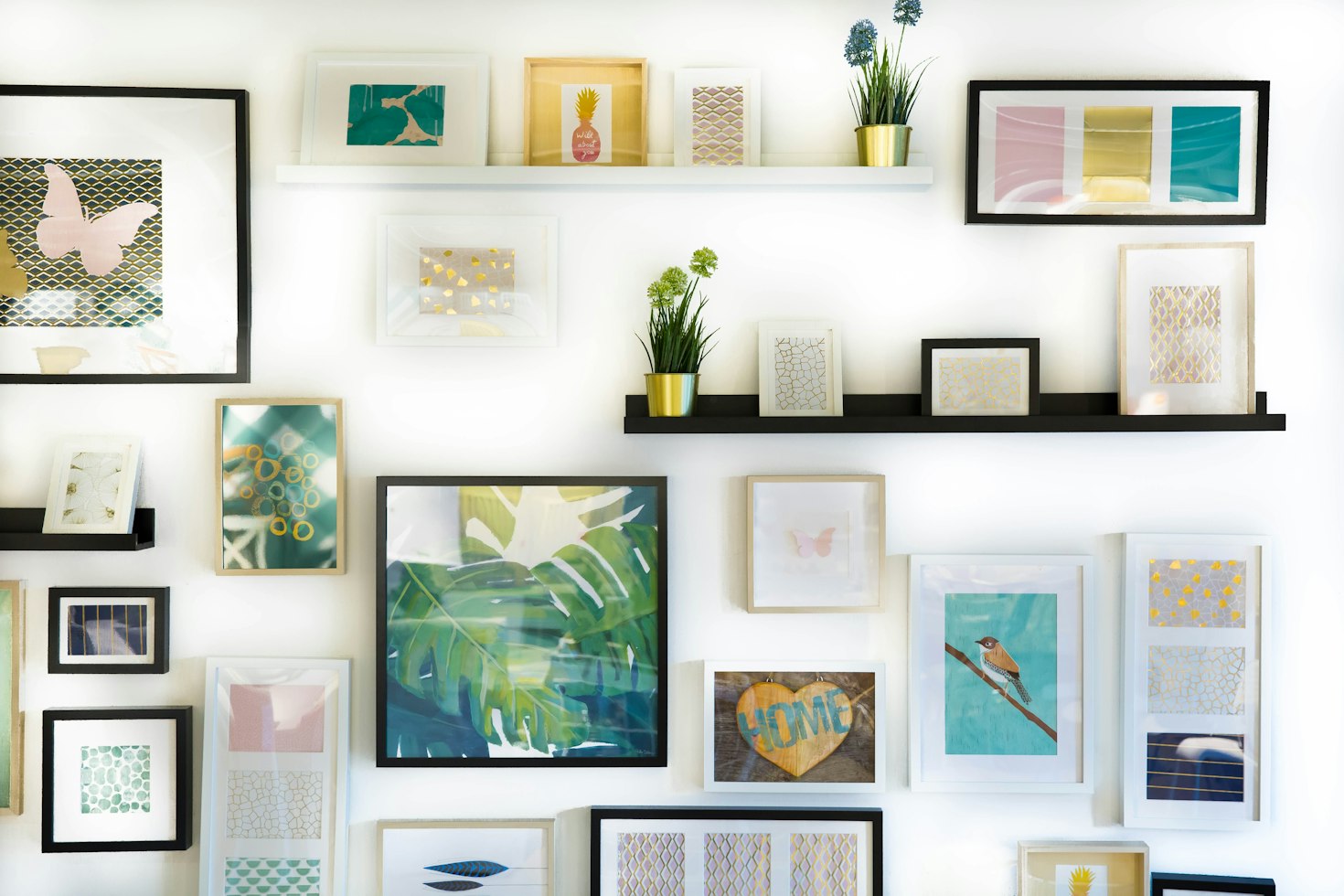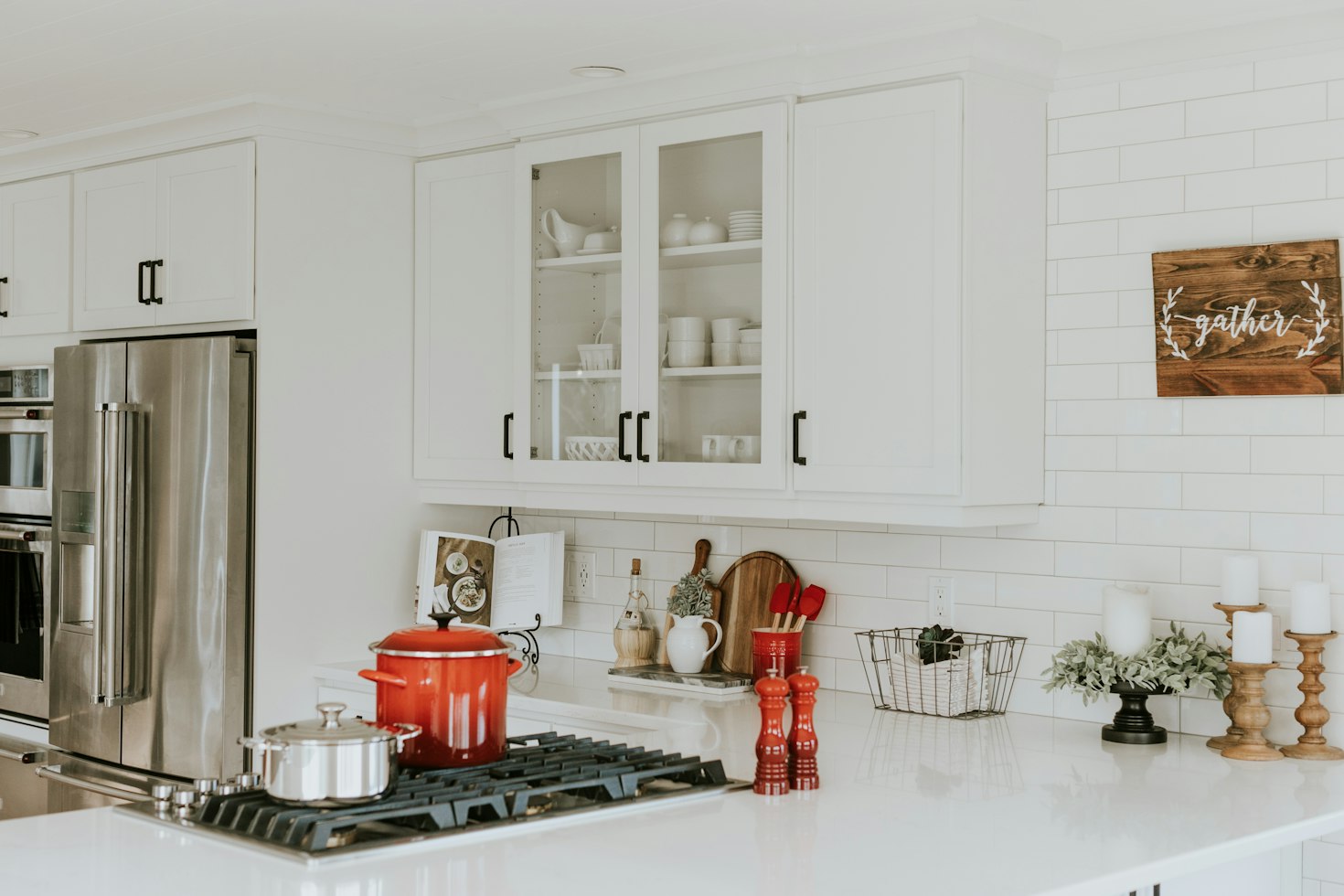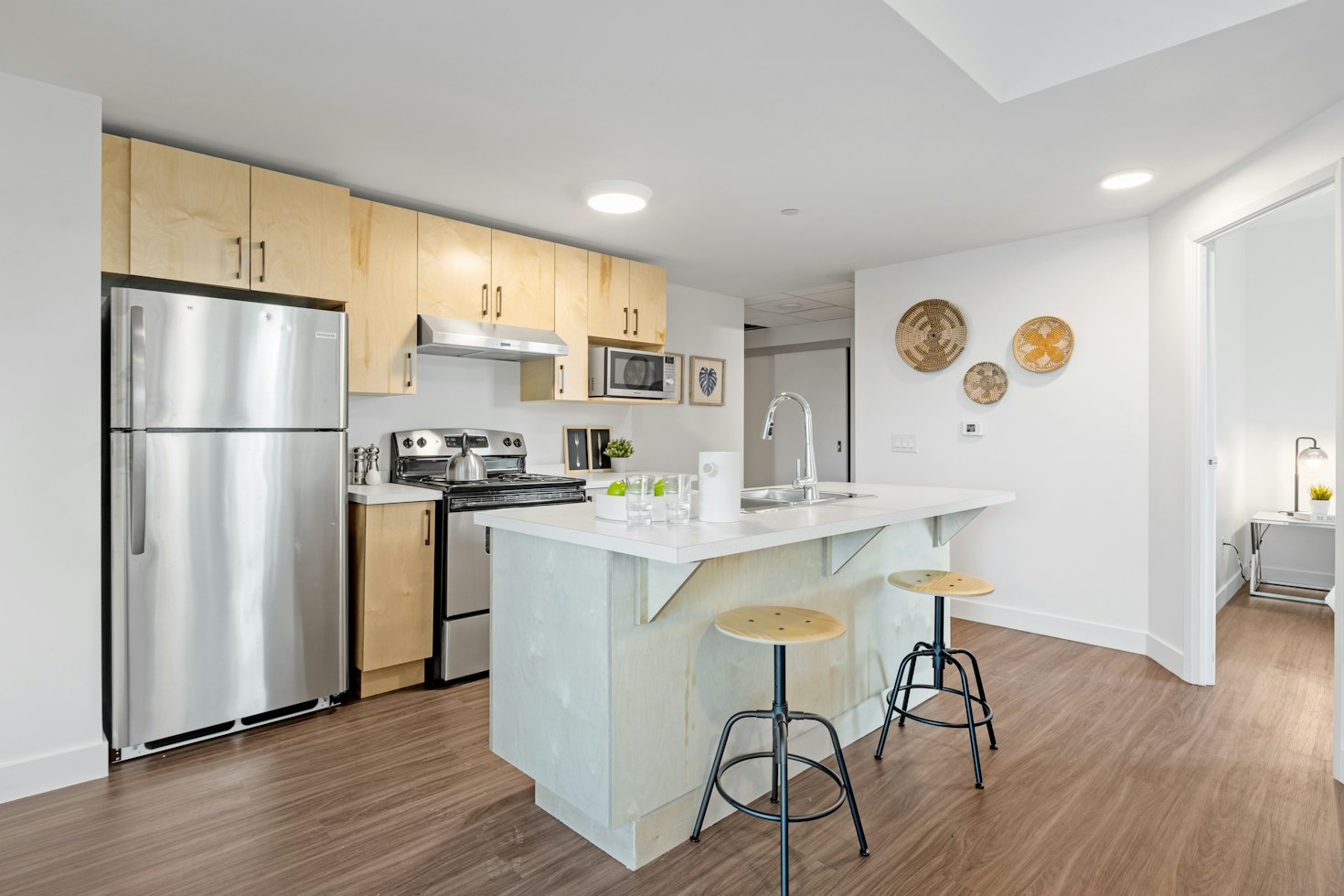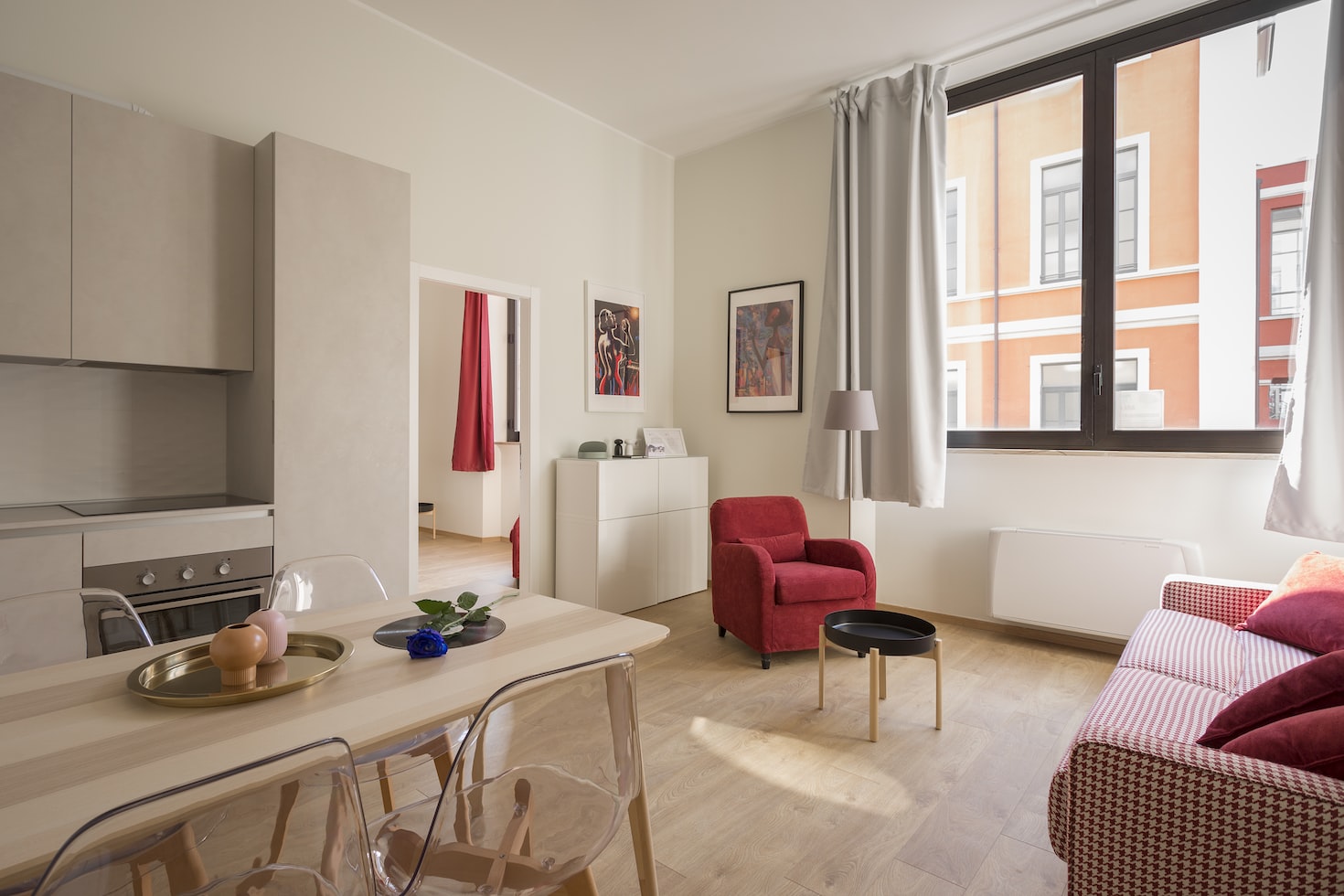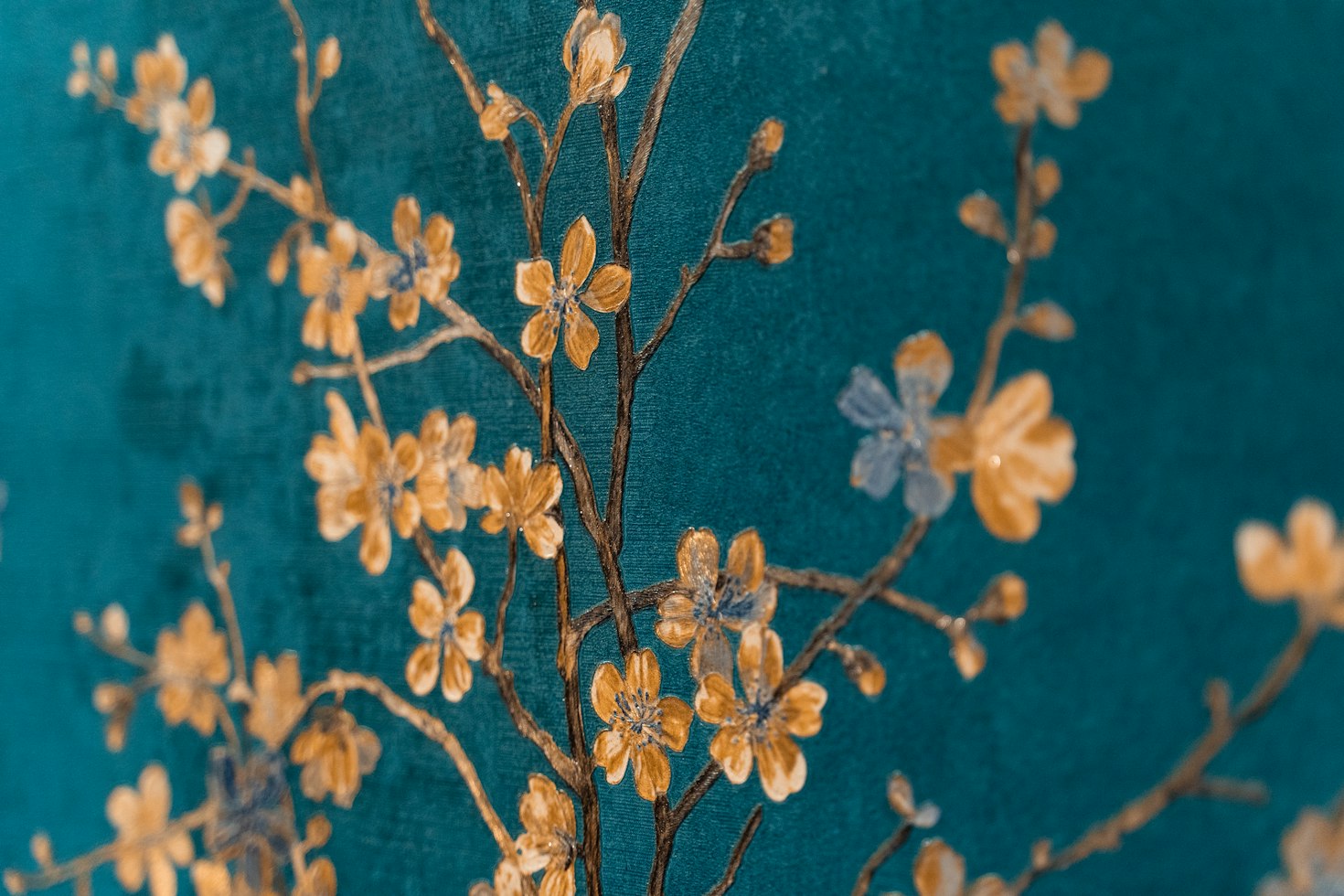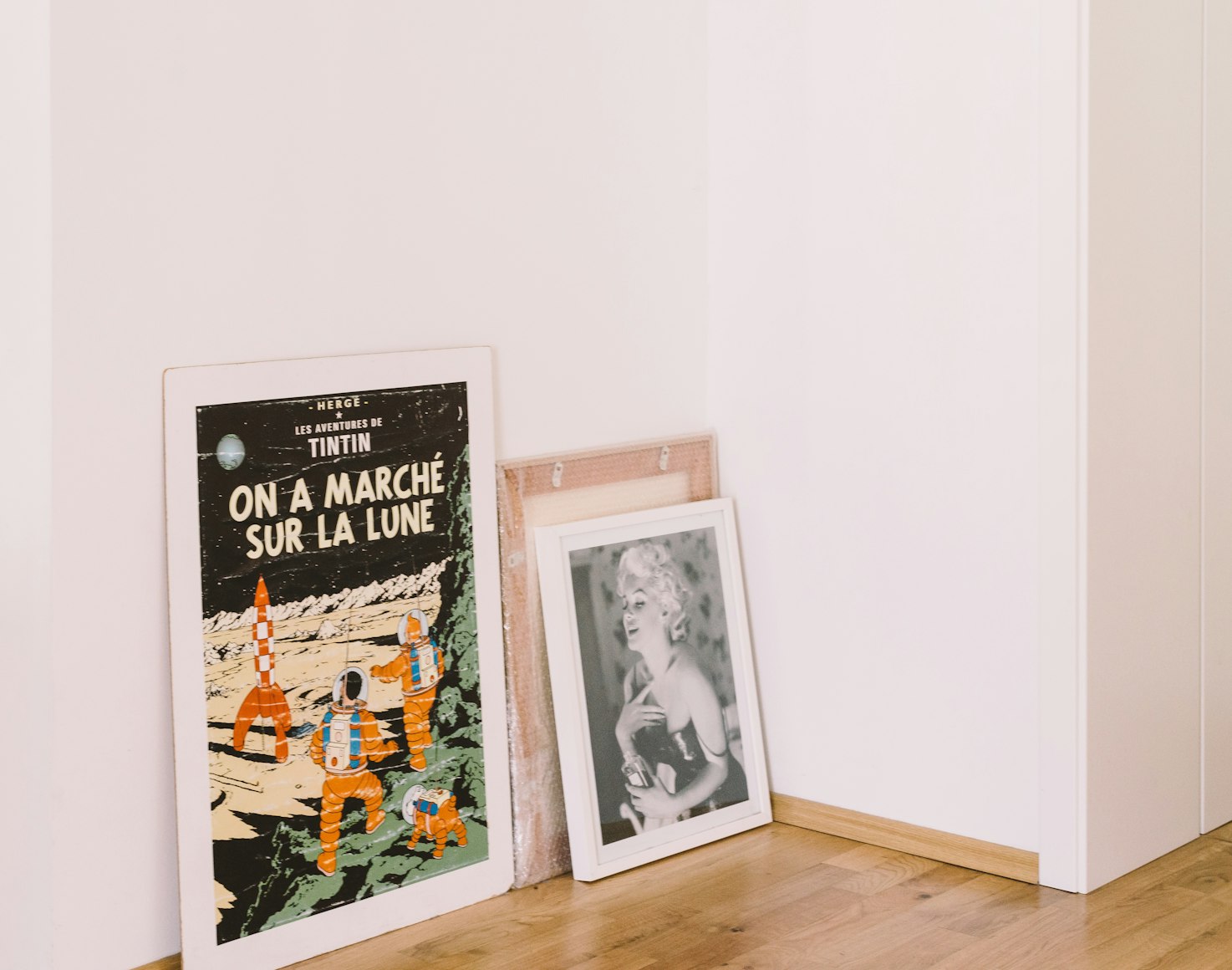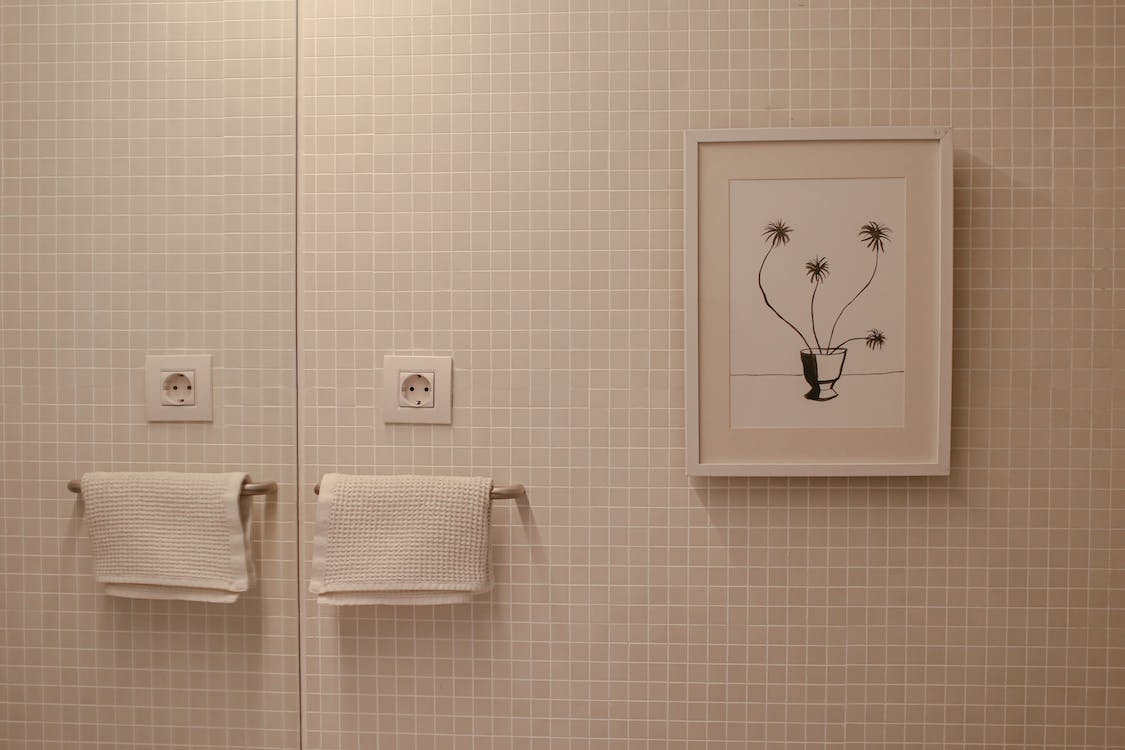From April 17th to April 22nd, our Head of Curation and Partnerships, Zoë took a trip to the Venice Biennale to visit the 60th edition of the fair – check out her highlights for 2024…
La Biennale di Venezia (as well as its other exhibition site, Arsenale) runs from 20th April 2024 to 24th November 2024. The theme of this year’s Biennale di Venezia centred on the expression “Foreigners Everywhere” or “Straniere Ovunque.”
La Biennale di Venezia (Curator): Adriano Pedrosa, Artistic Director of Museo de São Paulo Assis Chateaubriand [First Latin American Curator of Biennale].
Here is a quick breakdown of the highlights of her visit:
French Pavilion

Artist: Julien Creuzet (@julien.creuzet)
Location: France Pavilion, Biennale di Venezia 2024
Photography by: Zoë Goetzmann
Commissioner: Institut français on behalf of The Ministry of Europe and Foreign Affairs and The Ministry of Culture
Curators: Céline Kopp, Cindy Sissokho
Exhibitor: Julien Creuzet (@julien.creuzet)
Representing the France Pavilion, Artist Julien Creuzet (@julien.creuzet), creates an immersive exhibition in visuals and in sound.
Walking through this classical structure, art visitors can see tree-like structures extending from the floor and hanging down from the ceiling, wrapped in bright-coloured (found) plastic, metal, string and rope-like materials.
Video screens are placed in each pavilion’s rooms projecting digital, underwater animations.
Art-goers can hear low frequency sound-scapes echoing and vibrating throughout the building.
The exhibition considers ecology and nature from the artist’s perspective.
Born in Le Blanc-Mesnil (Suburb of Paris, France) and raised in Martinique, Julien draws inspiration from his own life and French-Caribbean identity (now living in Montreuil, France).
Location: Giardini della Biennale, C. Giazzo, 30122 Venezia, Italy
United States of America Pavilion

Artist: Jeffrey Gibson (@jeffrune)
Location: United States of America (Pavilion), Biennale di Venezia 2024
Photography by: Zoë Goetzmann
Commissioners: Kathleen Ash-Milby, Louis Grachos, Abigail Winograd
Curators: Kathleen Ash-Milby, Abigail Winograd
Exhibitor: Jeffrey Gibson
An American-Indian Chocktaw/Cherokee artist and sculptor, Jeffrey Gibson (@jeffrune) represents the United States of America Pavilion at the Biennale di Venezia 2024.
Through his multidisciplinary and interdisciplinary practice, the artist merges the concepts and themes of indigenous histories, queer histories, LGBTQ+ and other subcultural writings and traditions through bold, multi-coloured sculptures, paintings and video work on display in this exhibition.
At the end of the show, viewers are invited to watch a short film. Through a series of video clips, art visitors can see an American-Indian woman dancing (shot in a classic music video style) mixed with psychedelic, NFT style images.
Location: Giardini della Biennale, C. Giazzo, 30122 Venezia, Italy
Belgium Pavilion
 Location: Belgium Pavilion, Biennale di Venezia 2024
Location: Belgium Pavilion, Biennale di Venezia 2024
Photography by: Zoë Goetzmann
Commissioner: Wallonia-Brussels Federation
Exhibitors: Denicolai & Provoost, Antoinette Jattiot, Nord, Spec uloos
Belgium’s exhibition mixes literature, cartography and typography. Through the formation of a “Petticoat Government” (a multi-person/artistic collective), visitors are invited to take a copy of “L’petti lion” (pink-coloured newspapers) placed in racks at the beginning of this exhibition. Stepping further inside of the building, art viewers can see sculptural, Folklore giants positioned above head on an enormous, thick metal bar frame. Although quite a small pavilion, the exhibition makes an interesting point to draw together the importance of aesthetics, politics and pop-culture. Moral of the story: To Make People Listen; Paint (or Print it) in Pink.
Location: Giardini della Biennale, C. Giazzo, 30122 Venezia, Italy
Giardini della Biennale [Central or Main Pavilion], La Biennale di Venezia:

Artist: Liz Collins (@lizzycollins7)
Location: Venice Biennale 2024 (Central/Main Pavilion)
Photography by: Zoë Goetzmann
Curator: Adriano Pedrosa (@adrianopedrosa)
The Biennale di Venezia 2024 is divided into two sections: 1) Nucleo Contemporaneo (artworks by queer artists, folk and indigenous artists), 2) Nucleo Storico (artworks by 20th century global artists from Latin America, Africa, Middle East and Asia).
To summarise, the top artworks and artists to not to miss in the Biennale’s main /central exhibition include: ‘Nucleo Storica Abstractions” (located in the central room of this pavilion devoted to Abstract Art by Latin American and Indigenous artists), golden sculptures by Artist Victor Fotso Nyie (@fotsonyie), Minimalist Artworks inspired by Agnes Martin by Artist Evelyn Taocheng Weng, A Bronze Sculpture of a Trans Woman entitled “Puppies Puppies” by Artist Jade Guanaro Kuriki-Olivo (placed in a small courtyard garden by the building’s side entrance), notable artworks by woman artist Romany Eveleigh (20th century British artist), as well as rainbow coloured textiles by Artist Liz Collins (paying homage to another well-known female artist Sonia Delauney).
Location: Giardini della Biennale, C. Giazzo, 30122 Venezia, Italy
Venice Pavilion

Artist: Pietro Ruffo (@pietroruffoartist)
Location: Venice Pavilion, Venice Biennale 2024 (Central/Main Pavilion)
Photography by: Zoë Goetzmann
Commissioner: Maurizio Carlin
Curator: Giovanna Zabotti
Exhibitors: Safet Zec, Pietro Ruffo, Vittorio Marella, Franco Arminio
I am not sure if it was because I was completely taken by the ‘magic’ of Venice during my visit, but I was hypnotised by this tranquil presentation of artworks seen at the Venice Pavilion.
“Being at home is undoubtedly a feeling, but often, in the common imagination, uniquely linked to one or several places where you feel free to be yourself,” notes the Biennale Di Venezia website.
Walking through this well-lit, white-walled room with a marble-looking floor, the back wall of the exhibition consists of bookshelves with brown manuscripts lined up in consecutive, well-organised order. Such artworks are entitled, “The Woodland’s Archives” by Artist Pietro Ruffo.
Positioned in front of these artworks, art visitors can view “Migration Globe” (2022) [as seen in photo above] by the same artist – an enormous, carved wooden globe with depictions of mythological creatures and figures.
Flanked on each wing of the pavilion, art goers are able to see Contemporary and Old Master-inspired Artworks by Artists Vittoria Marella and from “studio d’artista” (Artist Safet Zec). The paintings consist of intimate scenes between people, showcasing the beauty (and often suffering) of humanity in its primal form(s). Again, at the end of the exhibition, individuals visiting this pavilion have the freedom to explore a behind-the-scenes look at the “messy studio” of Safet Zec.
Perhaps this exhibition highlights the importance of tradition when it comes to artisanship, art-making and the (fine) art of creating masterpieces (something that Italy – especially Venice – prides itself on).
Location: Giardini della Biennale, C. Giazzo, 30122 Venezia VE, Italy
“Homesick” and Fondazione Prada Exhibition

- “Homesick” “Homesick” is a two-person exhibition exploring themes of identity, alienation, dislocation, immigration and “Otherness.” Artists shown in this exhibition are Lidia Russkova Hasaya (@saintlidia) and Timofey Kolesnikov (@timofeykolesnikov). The exhibition was curated by Alena Stetsiukevich for CREA – One Contemporary Art Space (Founder and Contemporary Art Curator: Pier Paolo Scelsi, @pierpaolo.scelsi) for La Biennale di Venezia 2024.
During my visit, I spoke with one of the artists Lidia who took on an active role in the curation of this linear exhibition – showcasing artworks inspired by her personal experience of being rejected for a Georgian visa. “Homesick” consists of a variety of disciplines and mediums: video art, photography and art installations. A perfect ‘Photo-Op,’ one of my favourite parts of the show, included the artist’s public art display at the end of the gallery space. For this artwork, the artist collected upcycled boxes from around Venice, displaying them in a small room to mimic the look of a storage facility.
Lidia creates her own “packing list” to present a list of imaginary items in these boxes. Labels for these boxes include: “Clothes,” “VHS Tapes,” “High School Sh*t,” “The Ex Box (5),” “Other Exes.” As artists, it is important to carry a sense of humour when approaching art (or else what is the point of making artwork, if you can not have a bit of fun in the creating process)? The show juggles both personal and global perspectives on current socio-political ideas in today’s world. With the present society in a state of ‘flux,’ it can become a bit difficult for a person to define their own identity (or rather, to understand what a “home” truly means) to a specific individual.
Exhibition Runs Until: 7 May 2024

Location: CREA Cantieri del Contemporaneo, Giudecca, 211, Venice, Italy

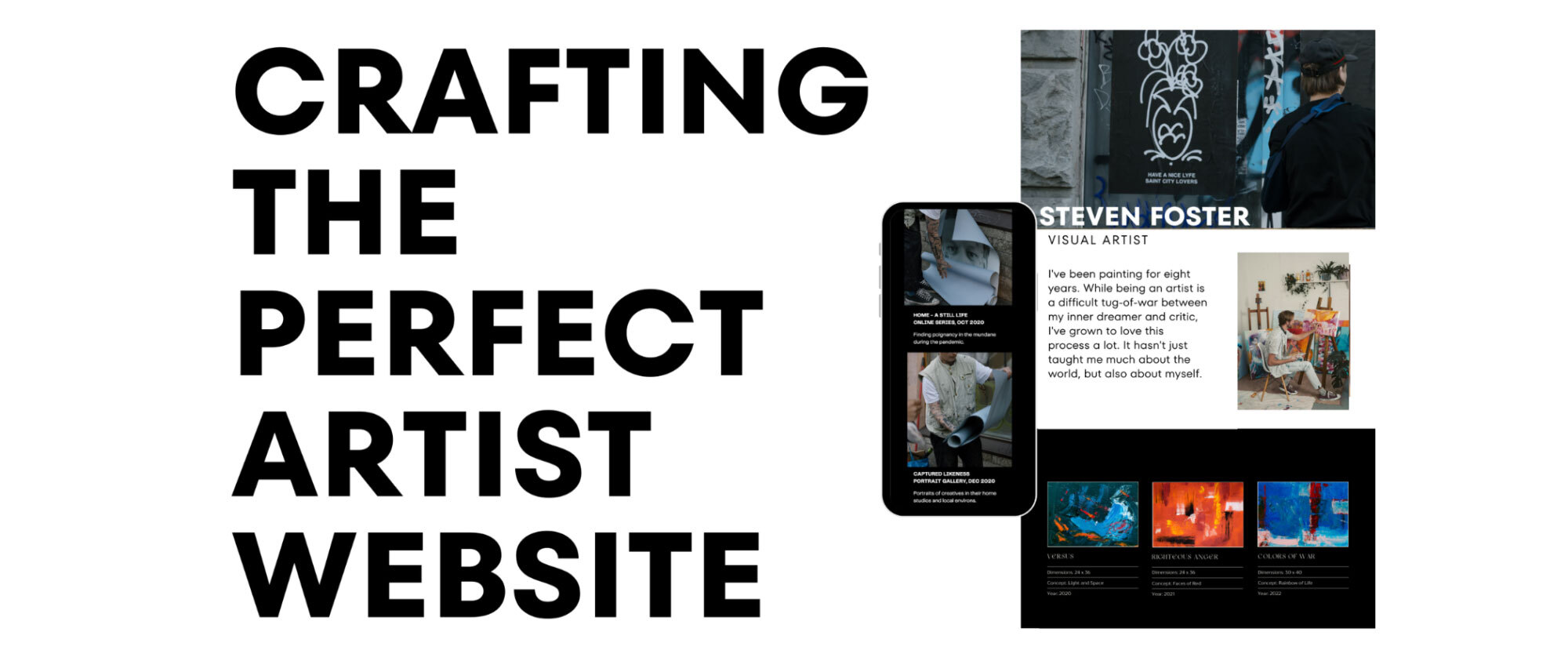
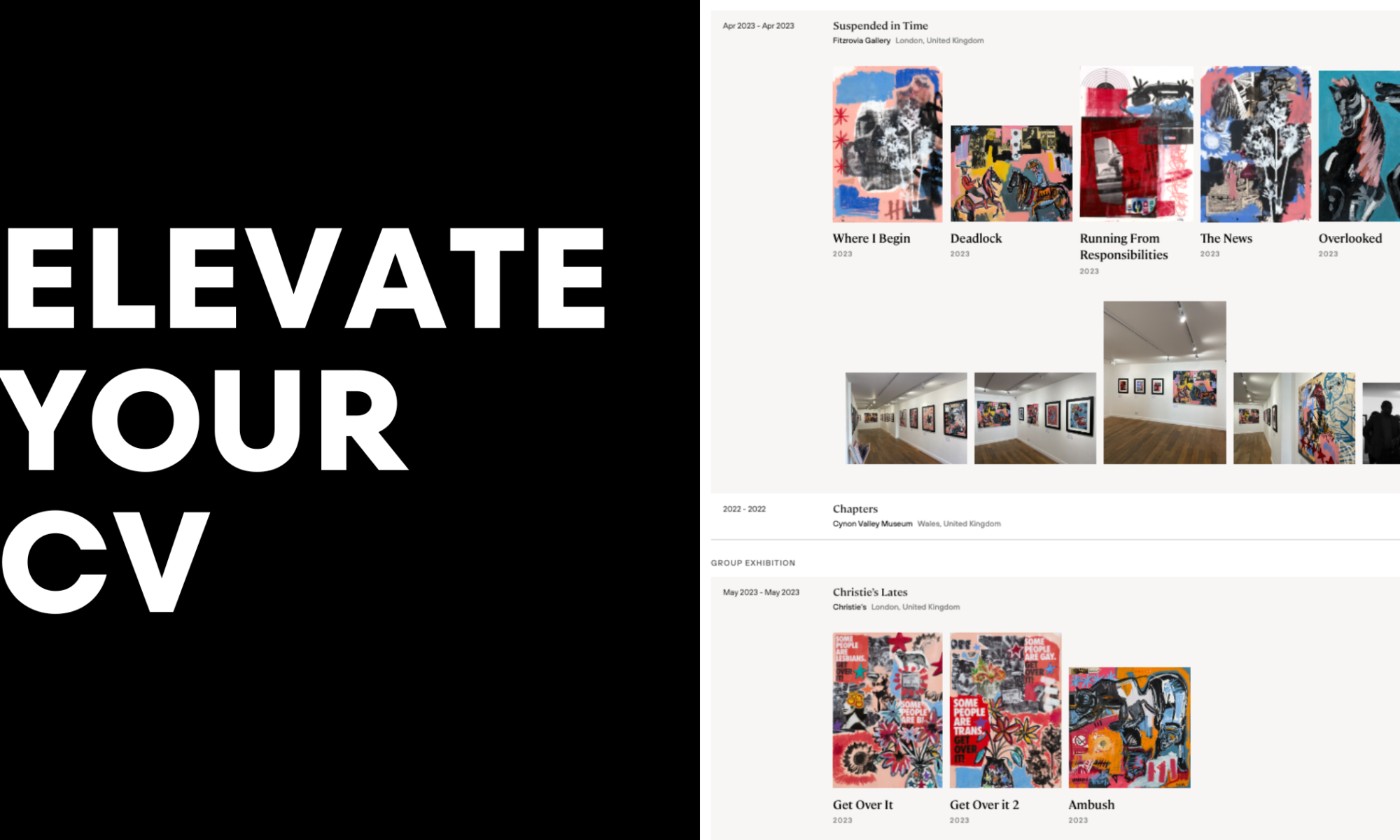
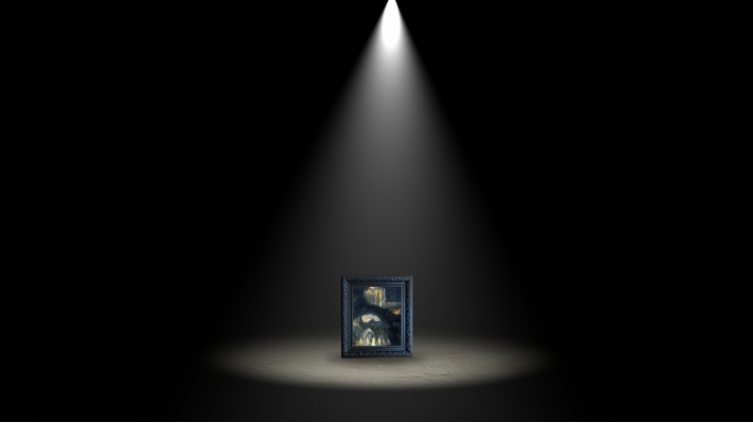

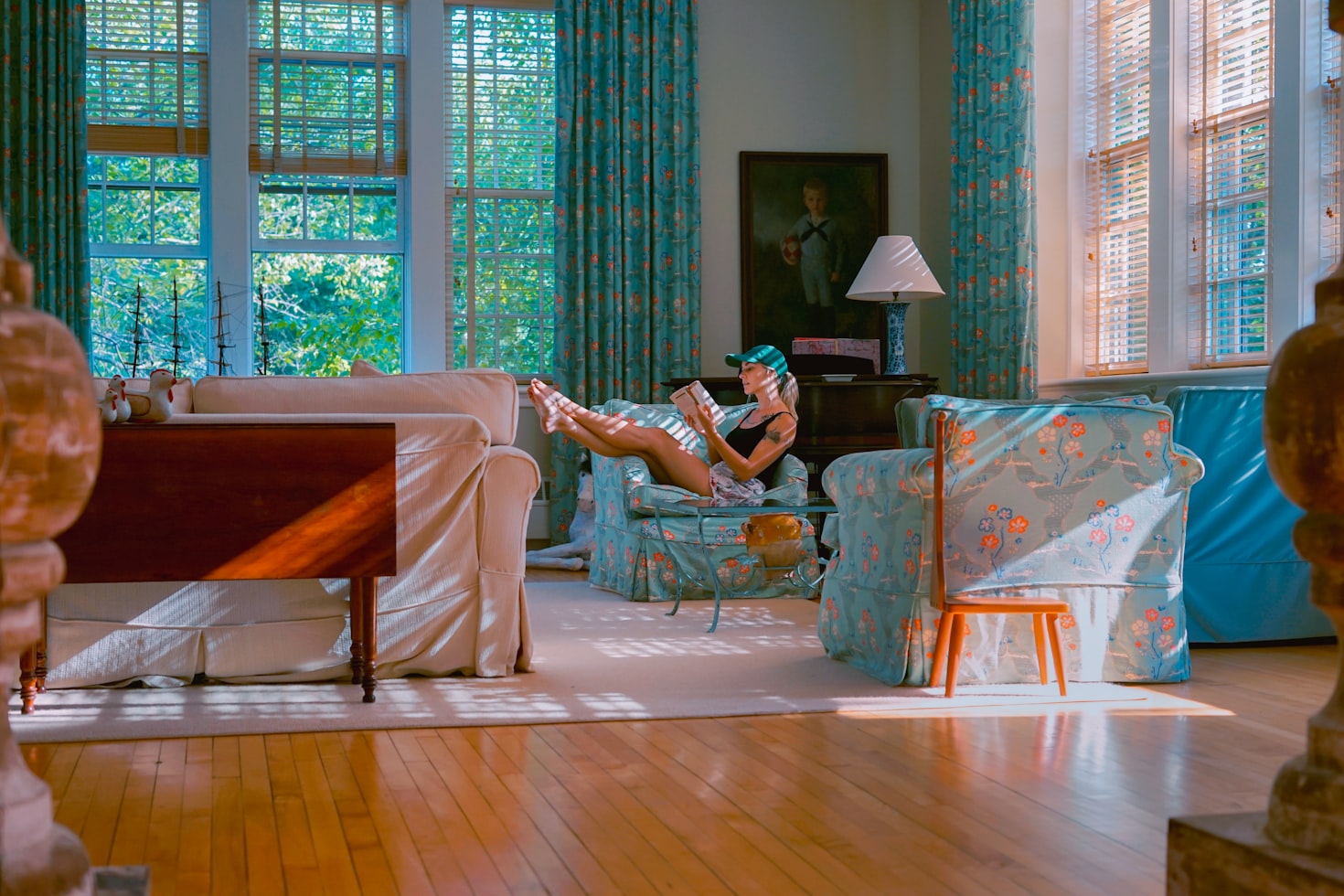



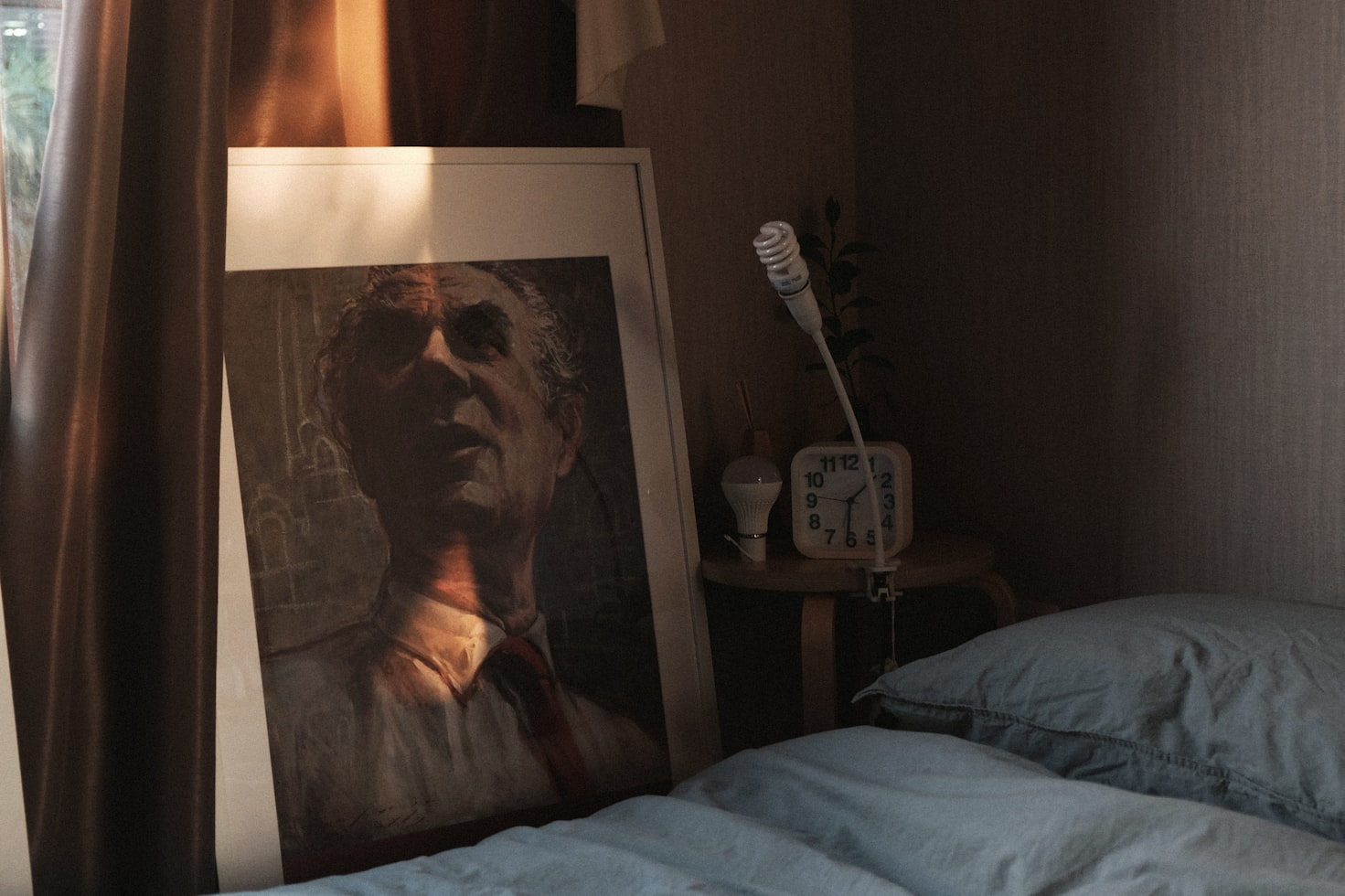
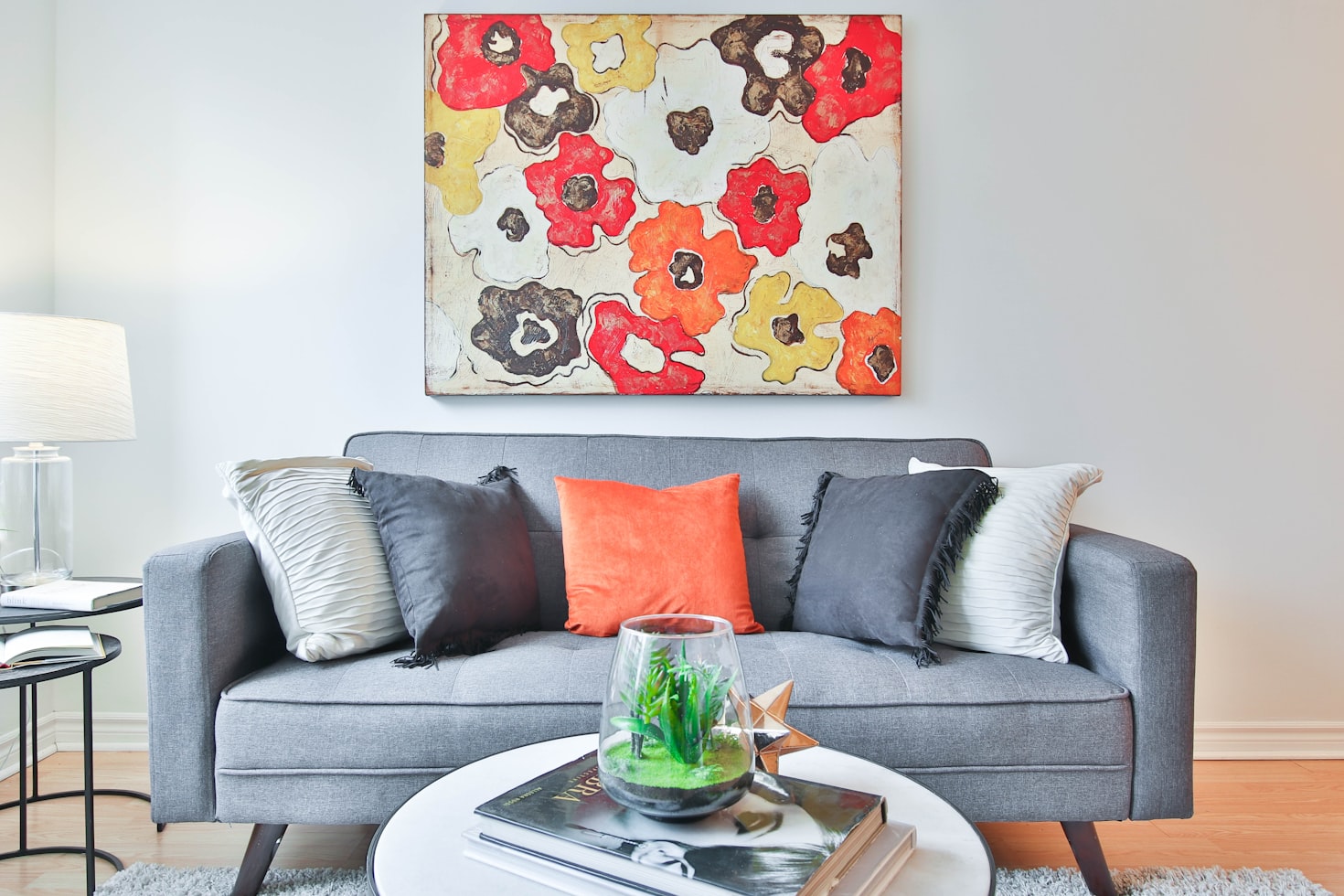


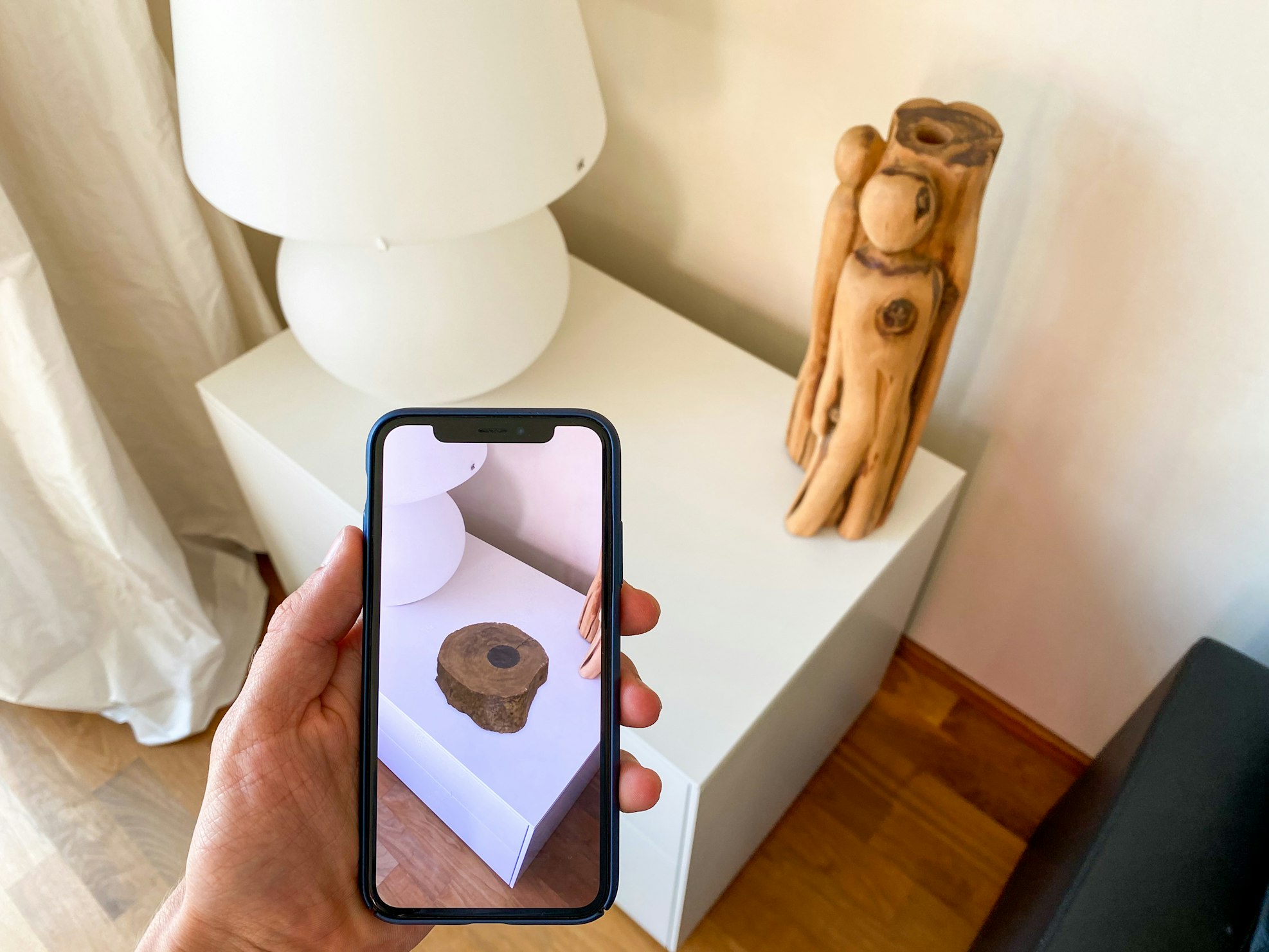
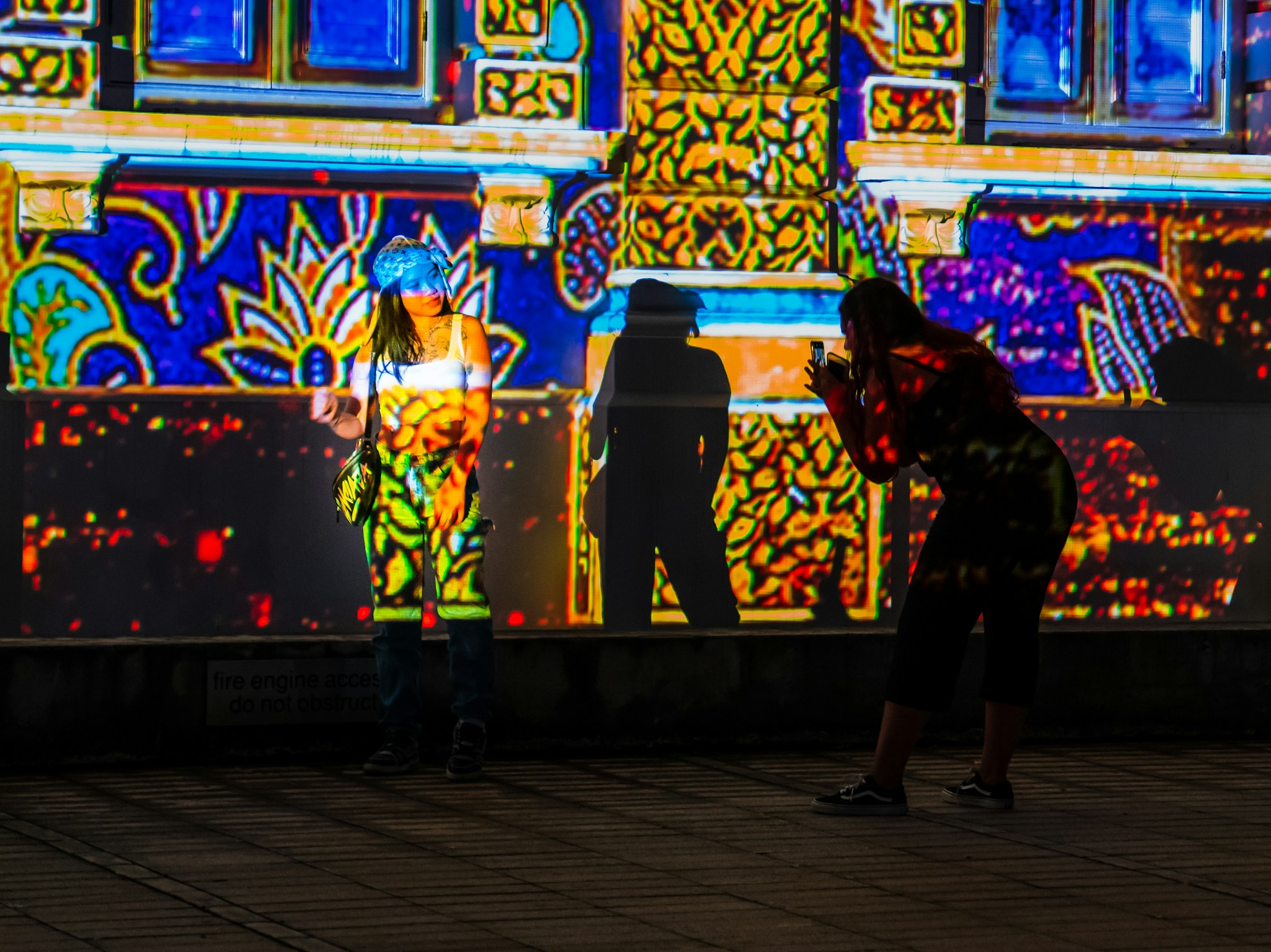

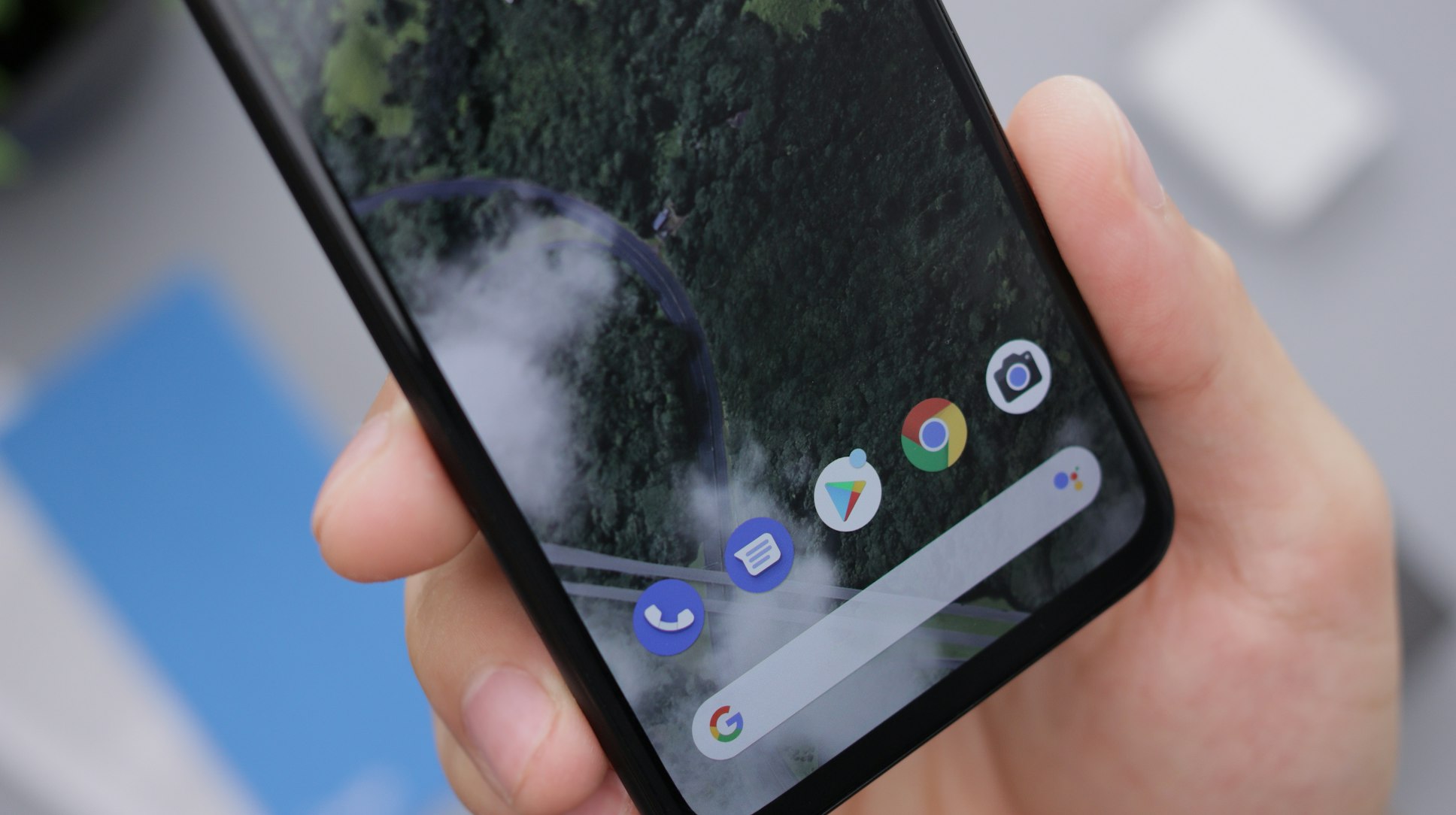
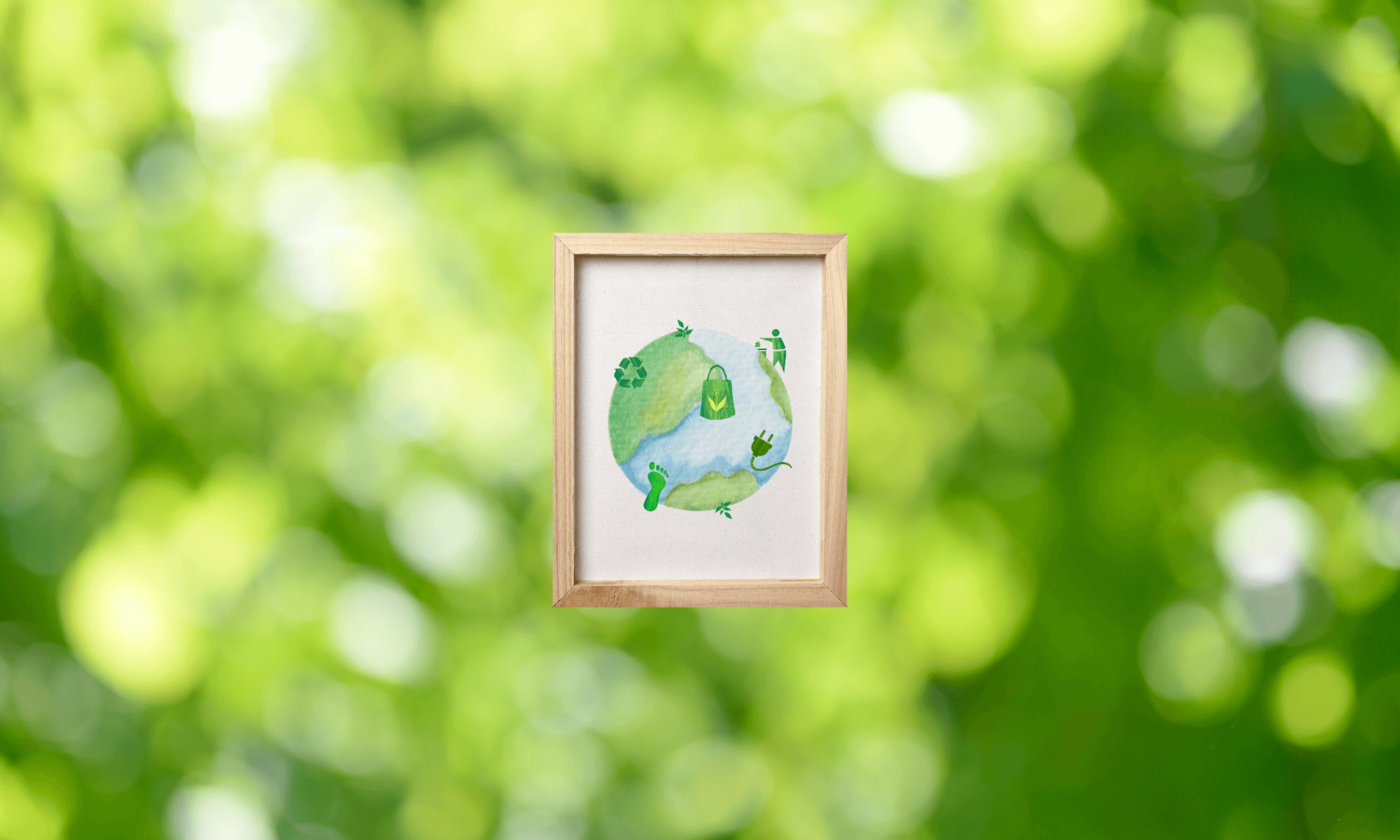
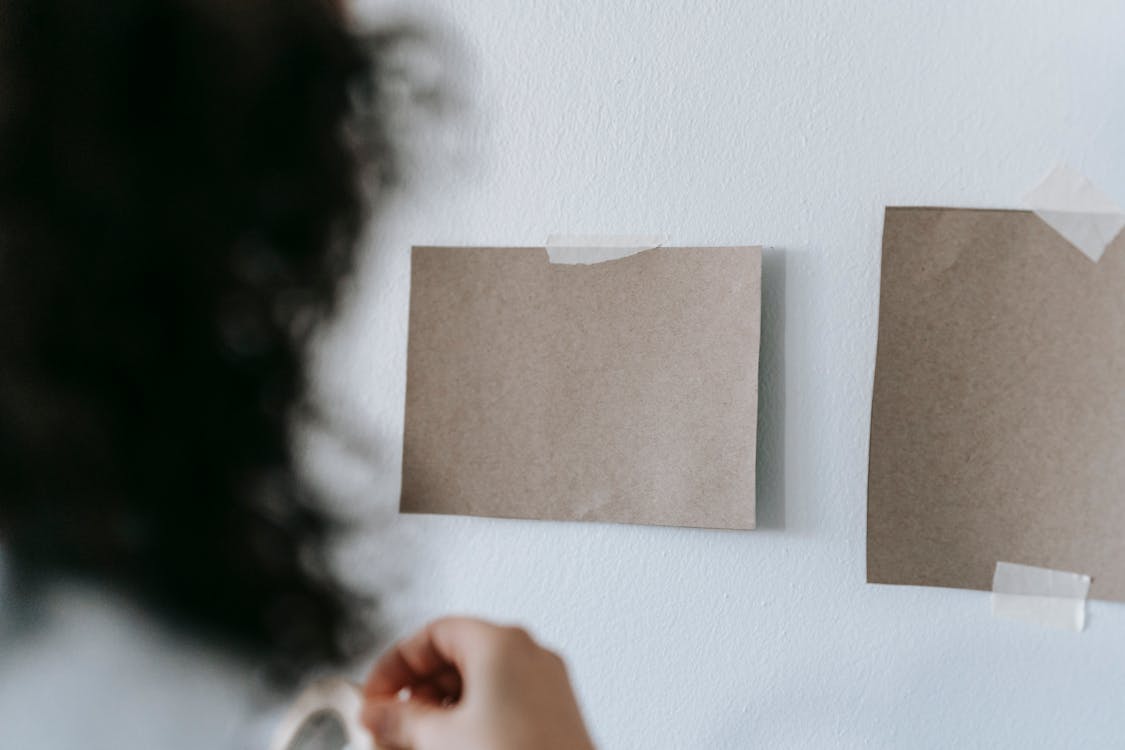
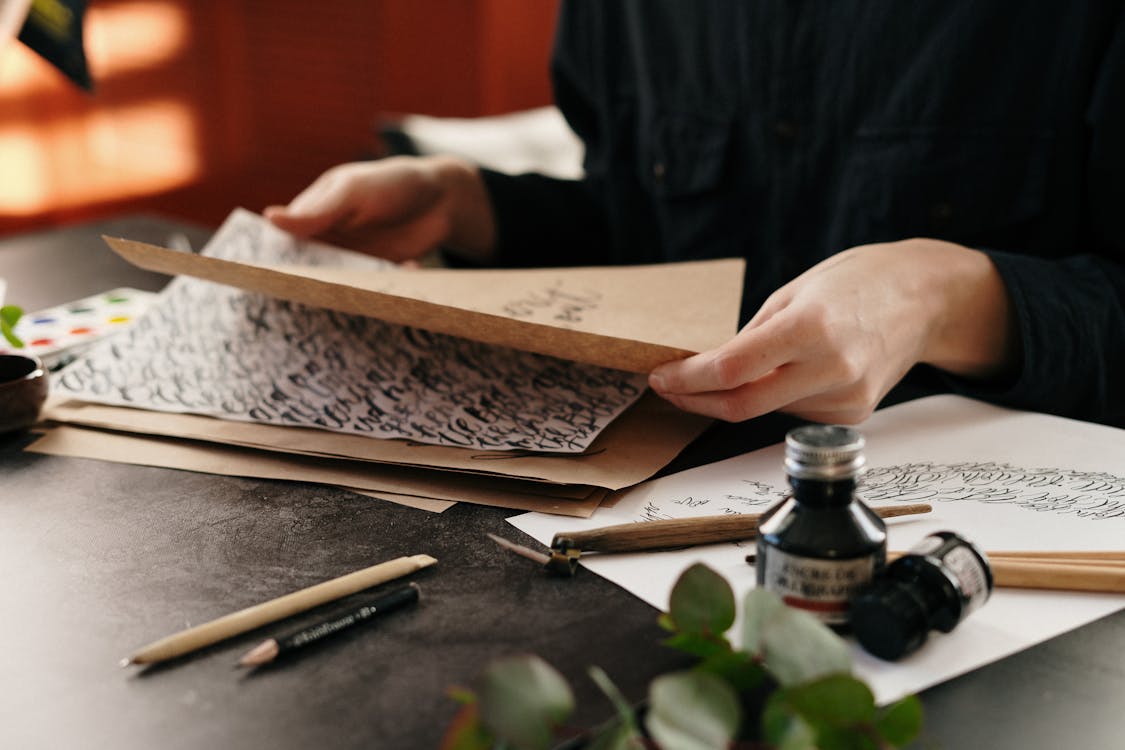
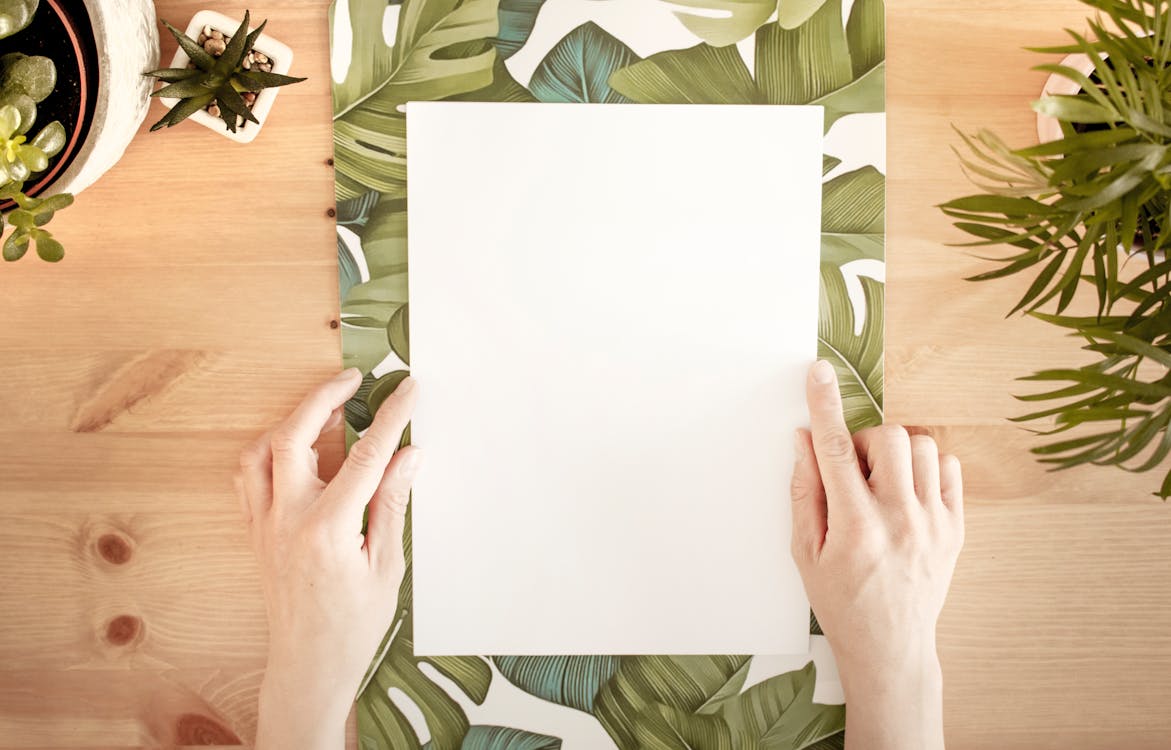
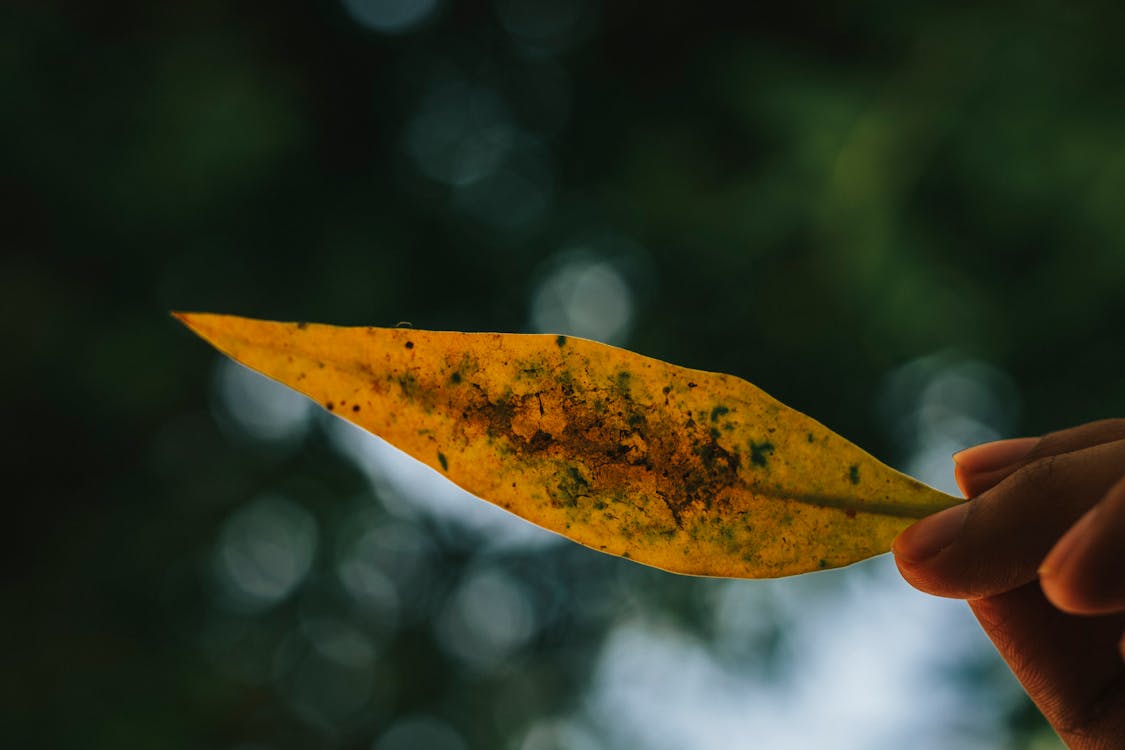



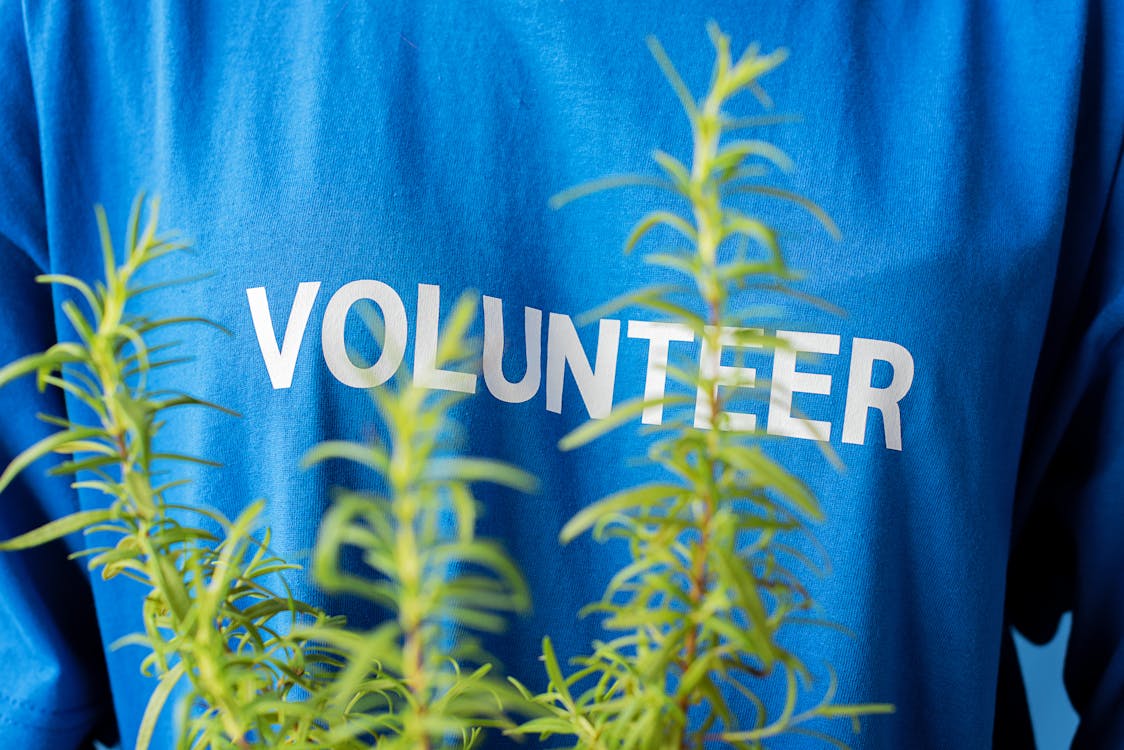
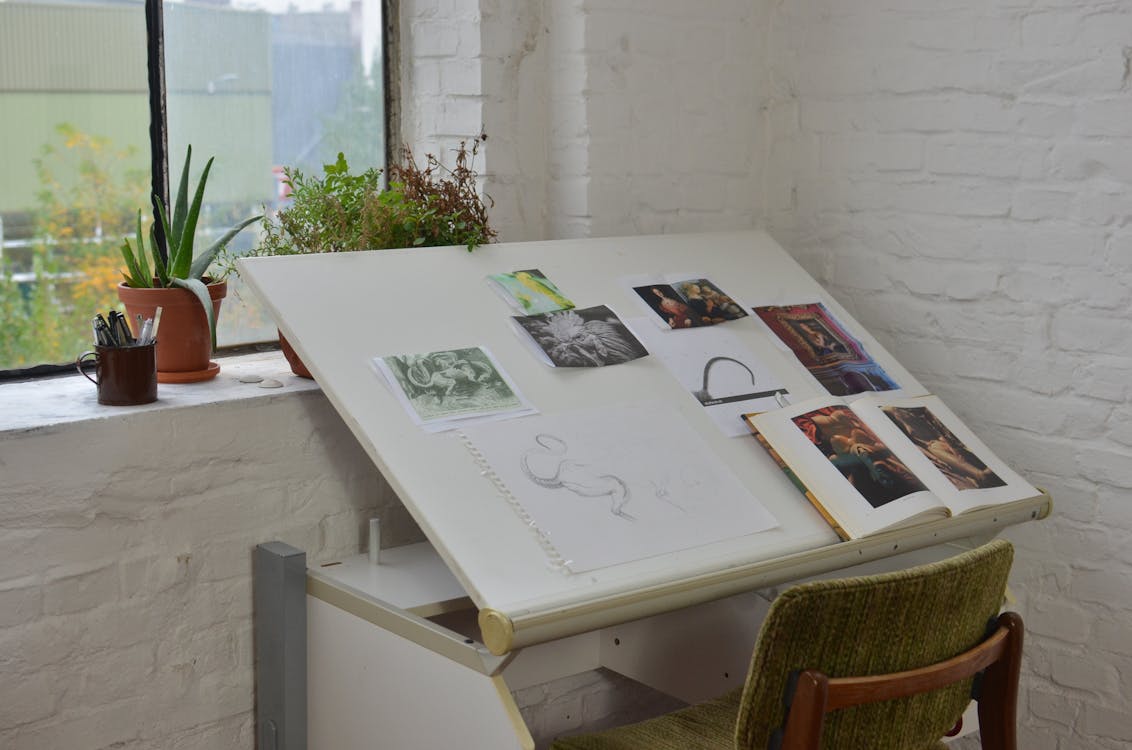

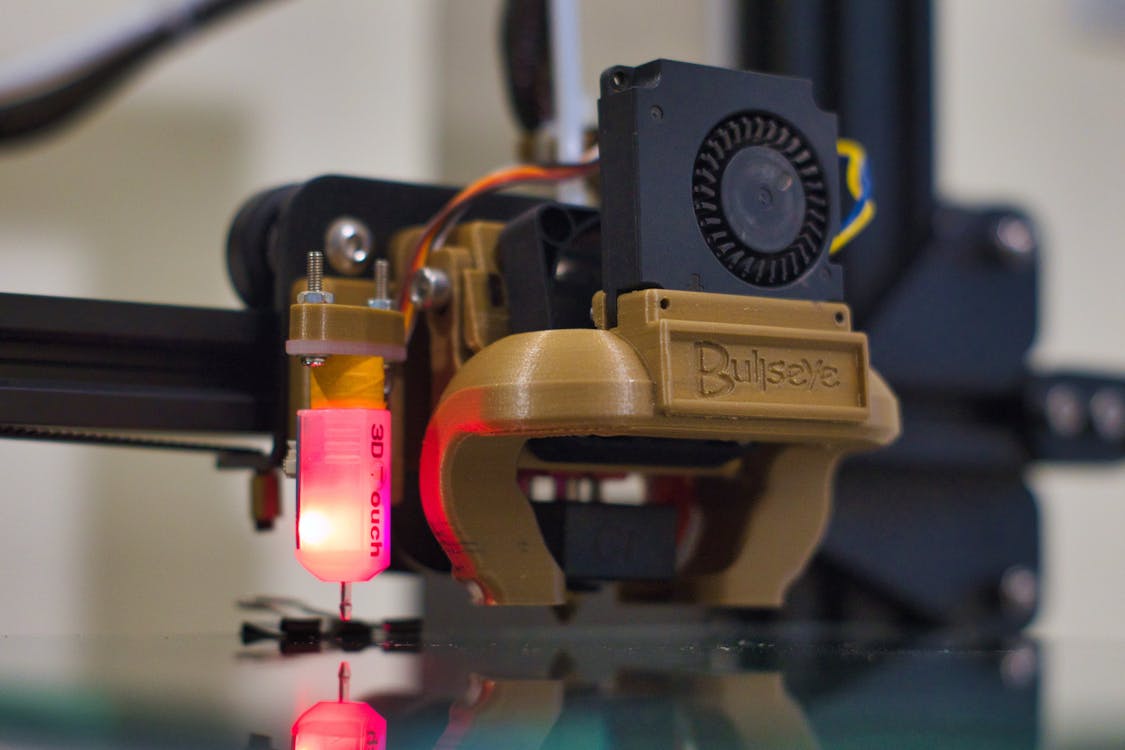
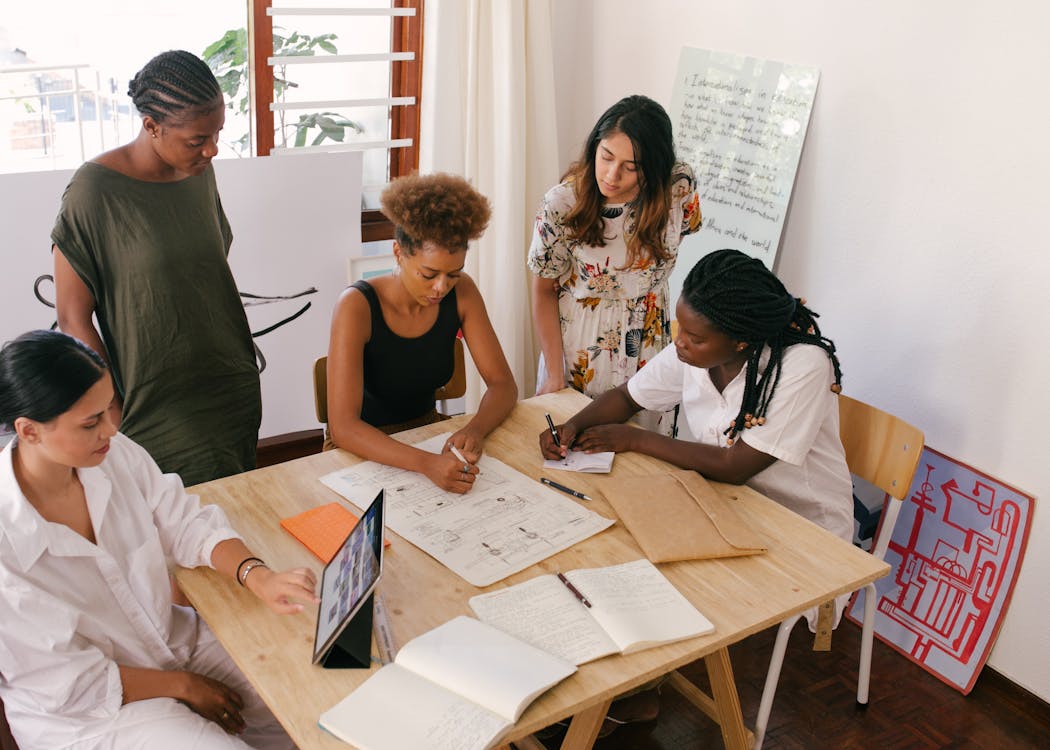


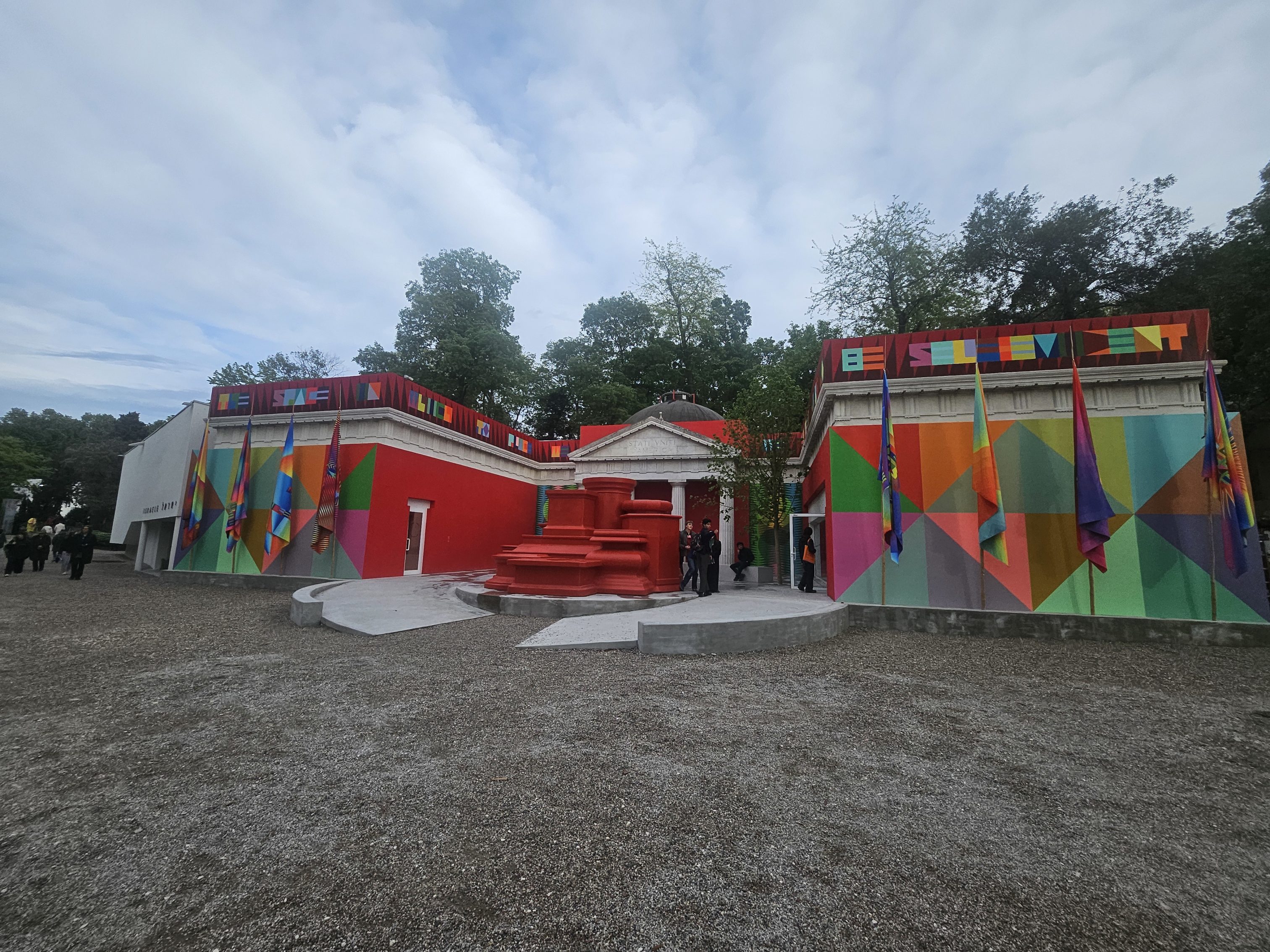
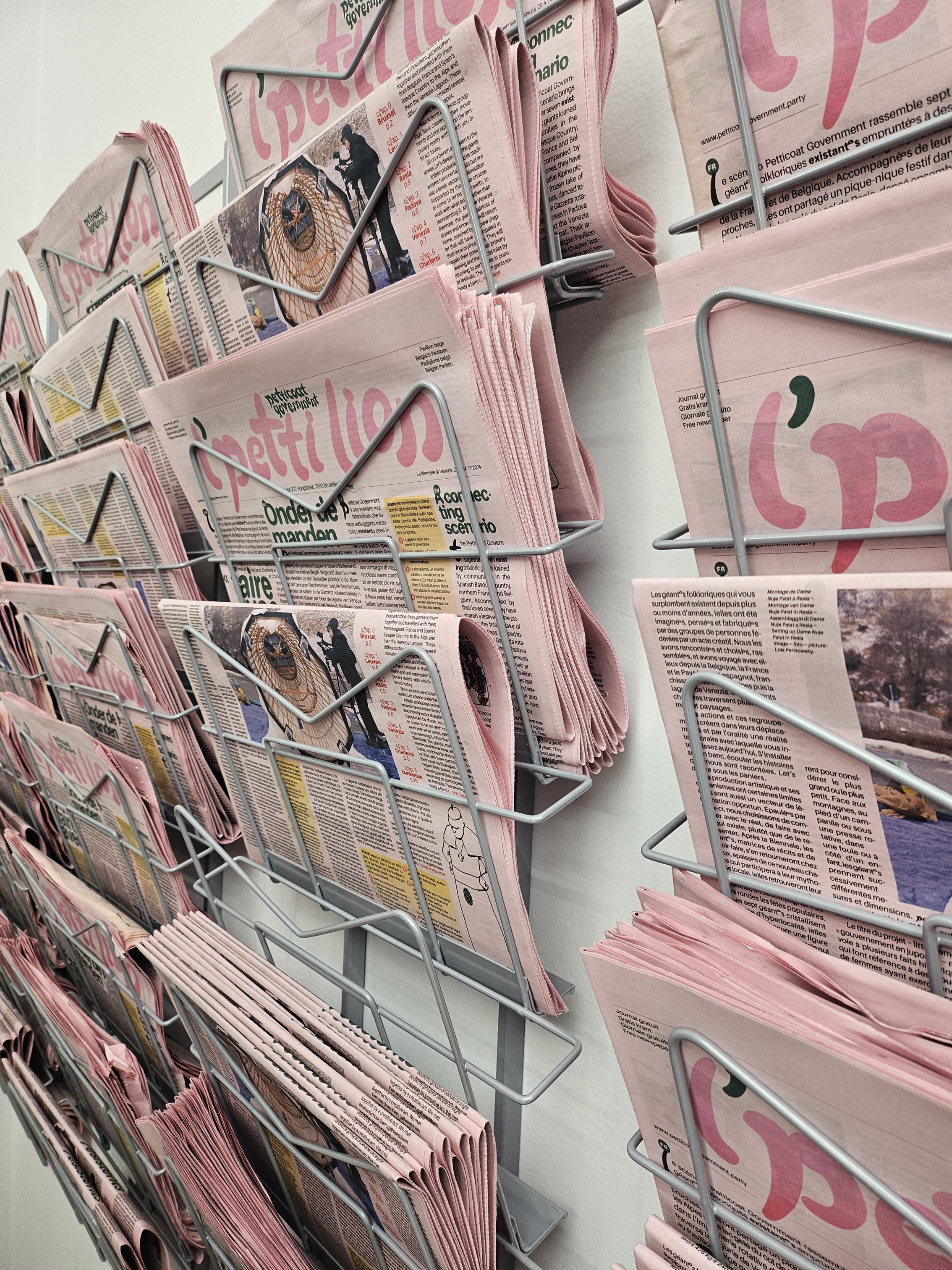 Location: Belgium Pavilion, Biennale di Venezia 2024
Location: Belgium Pavilion, Biennale di Venezia 2024 